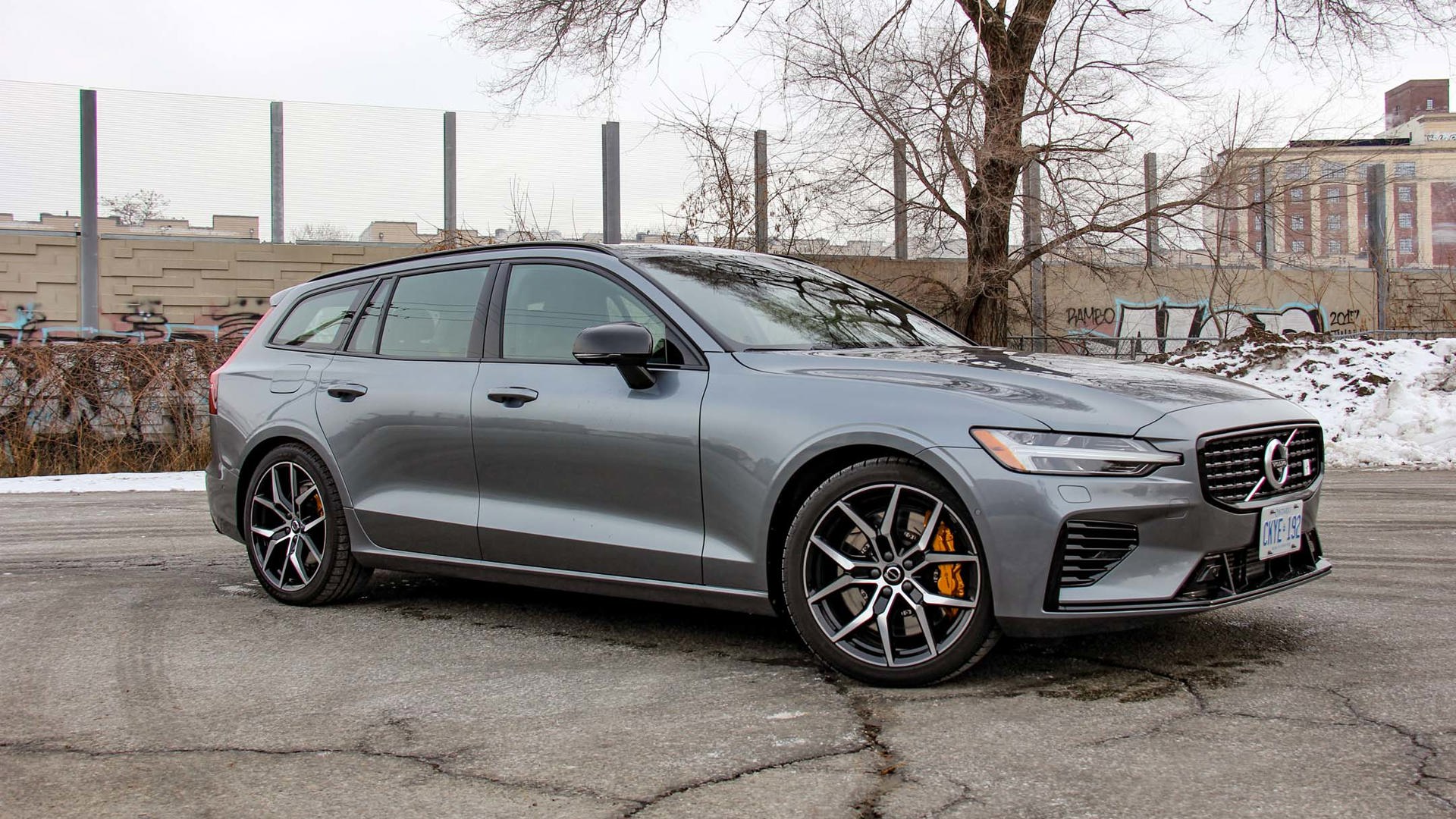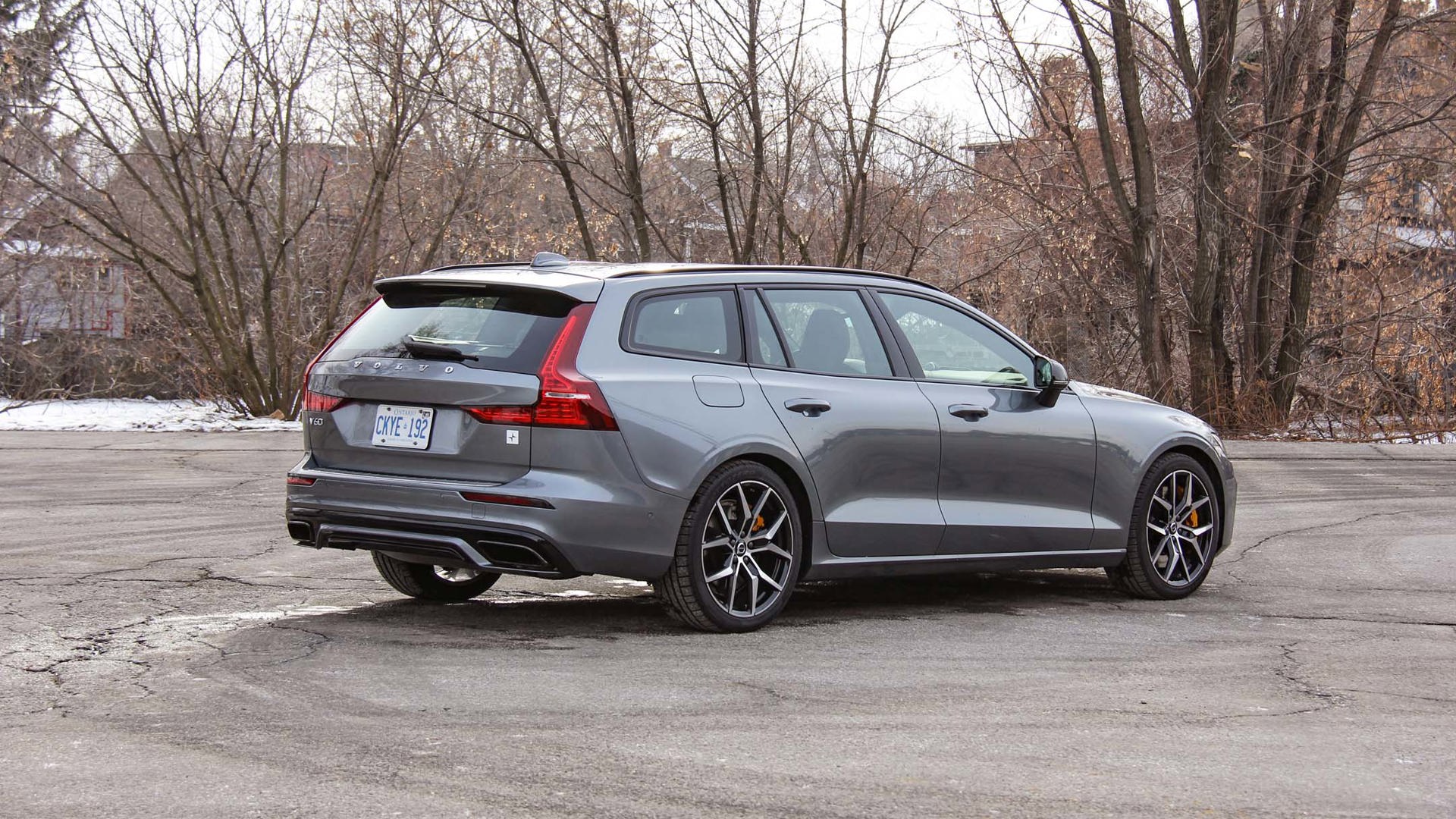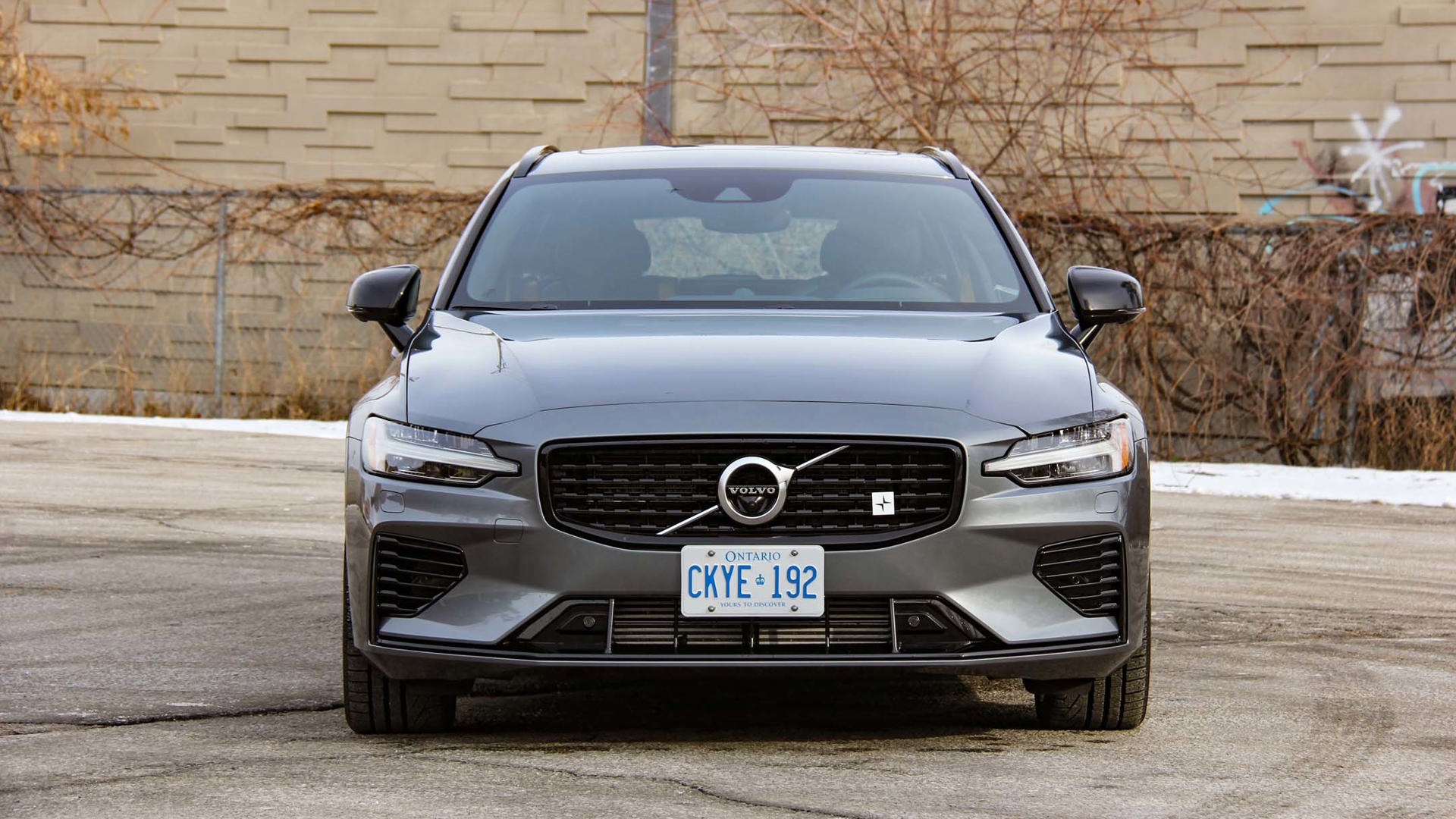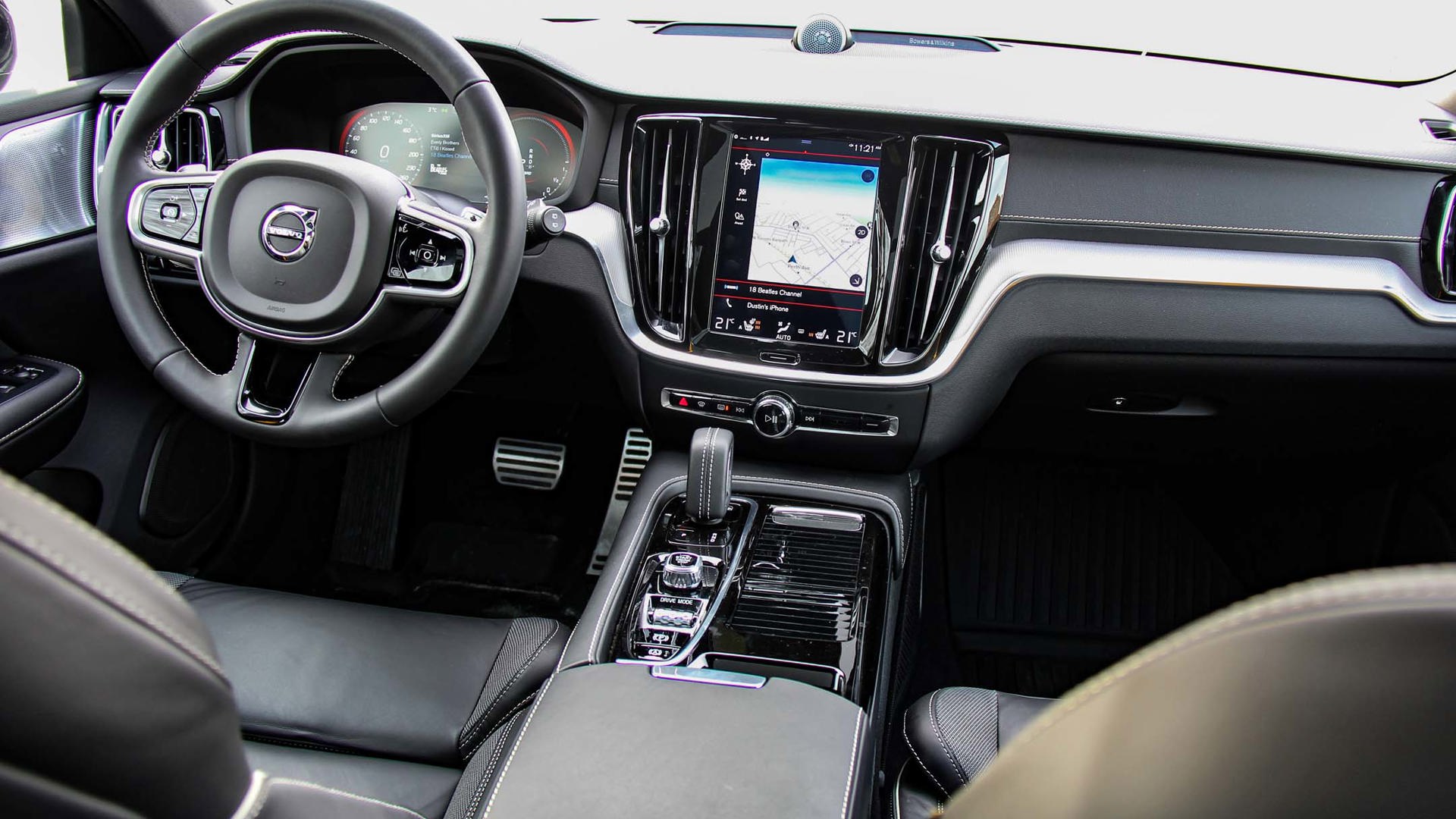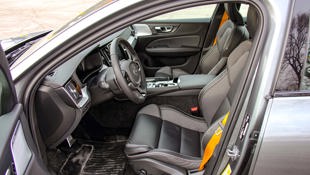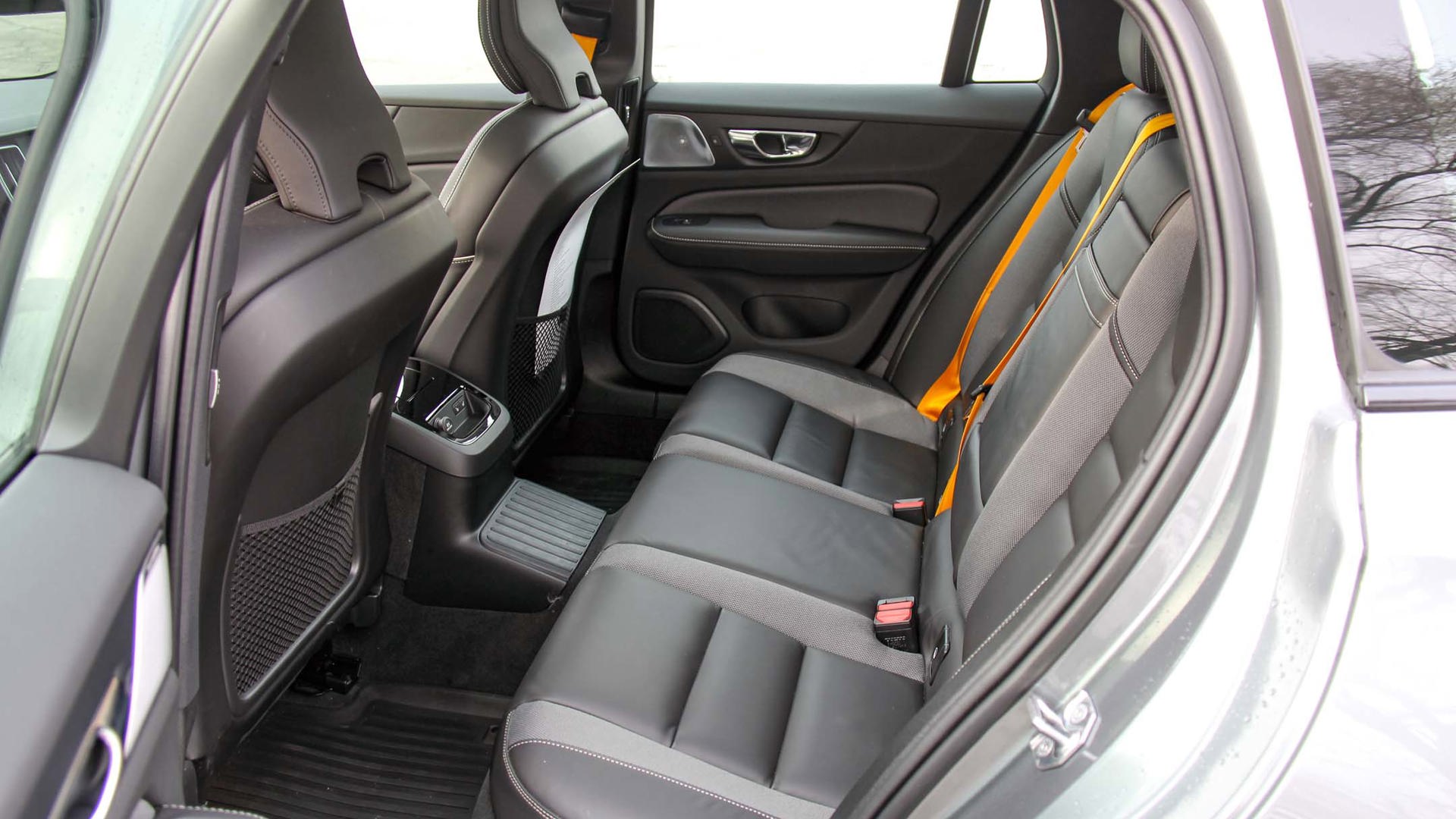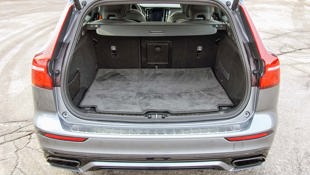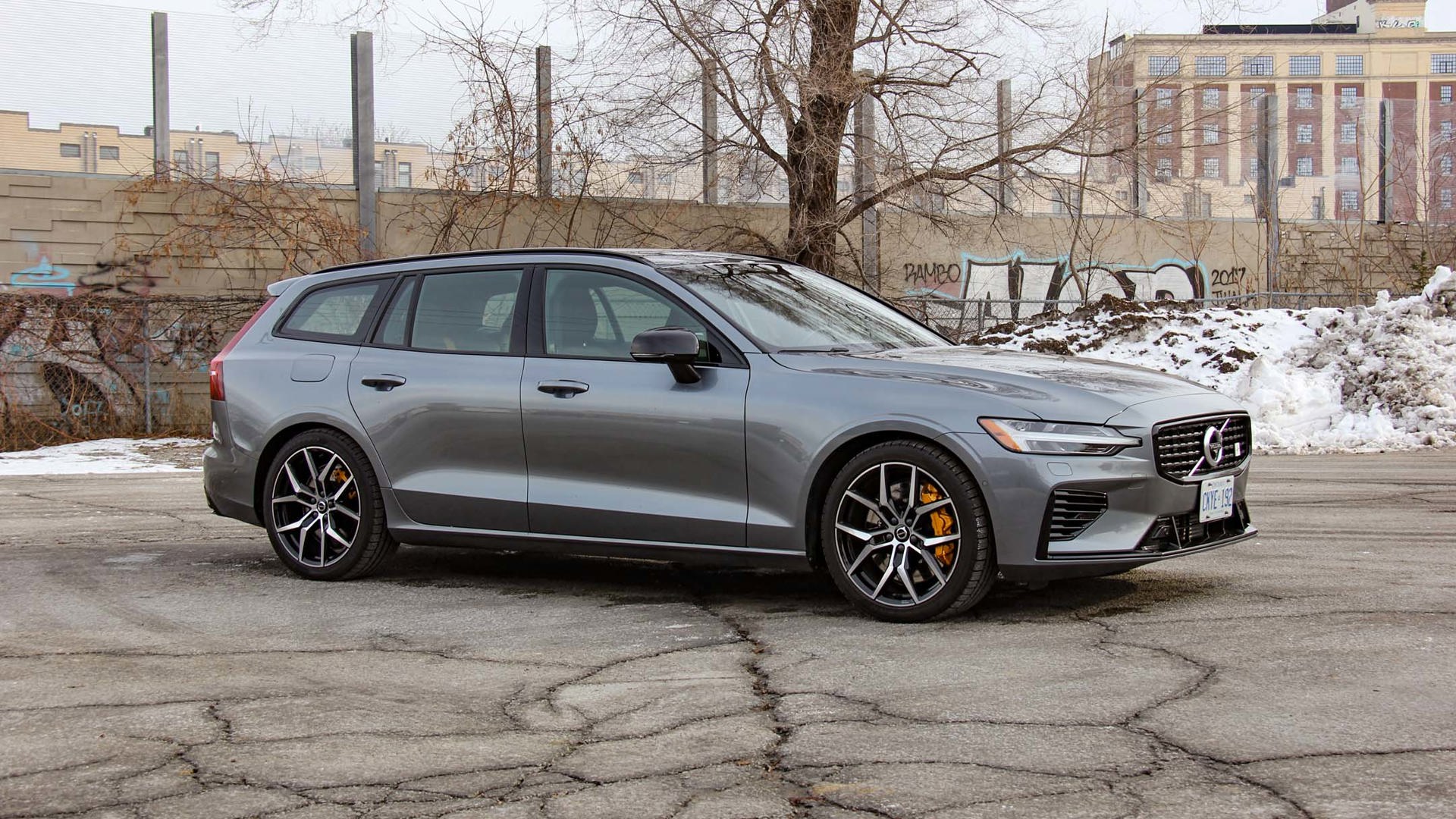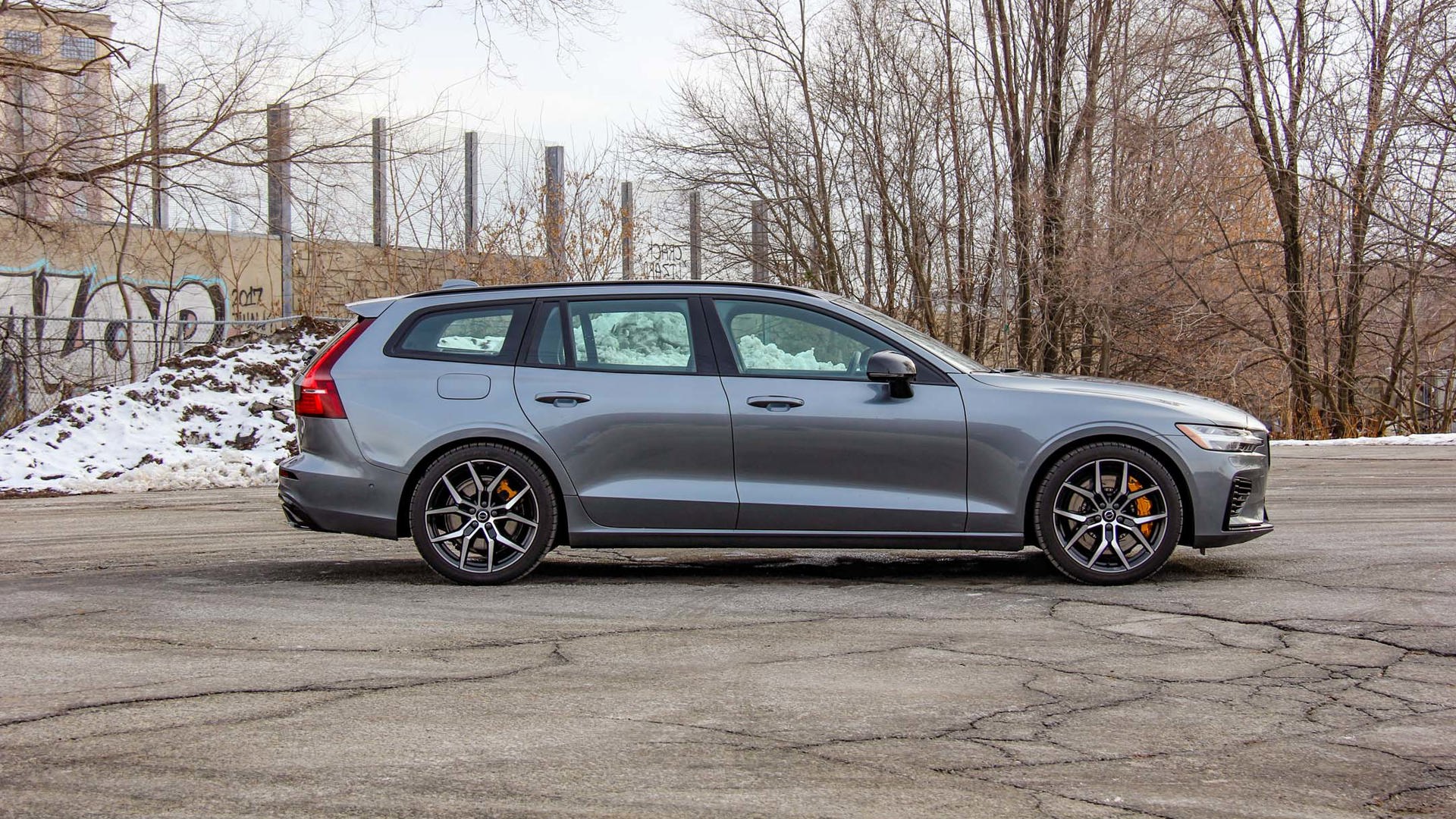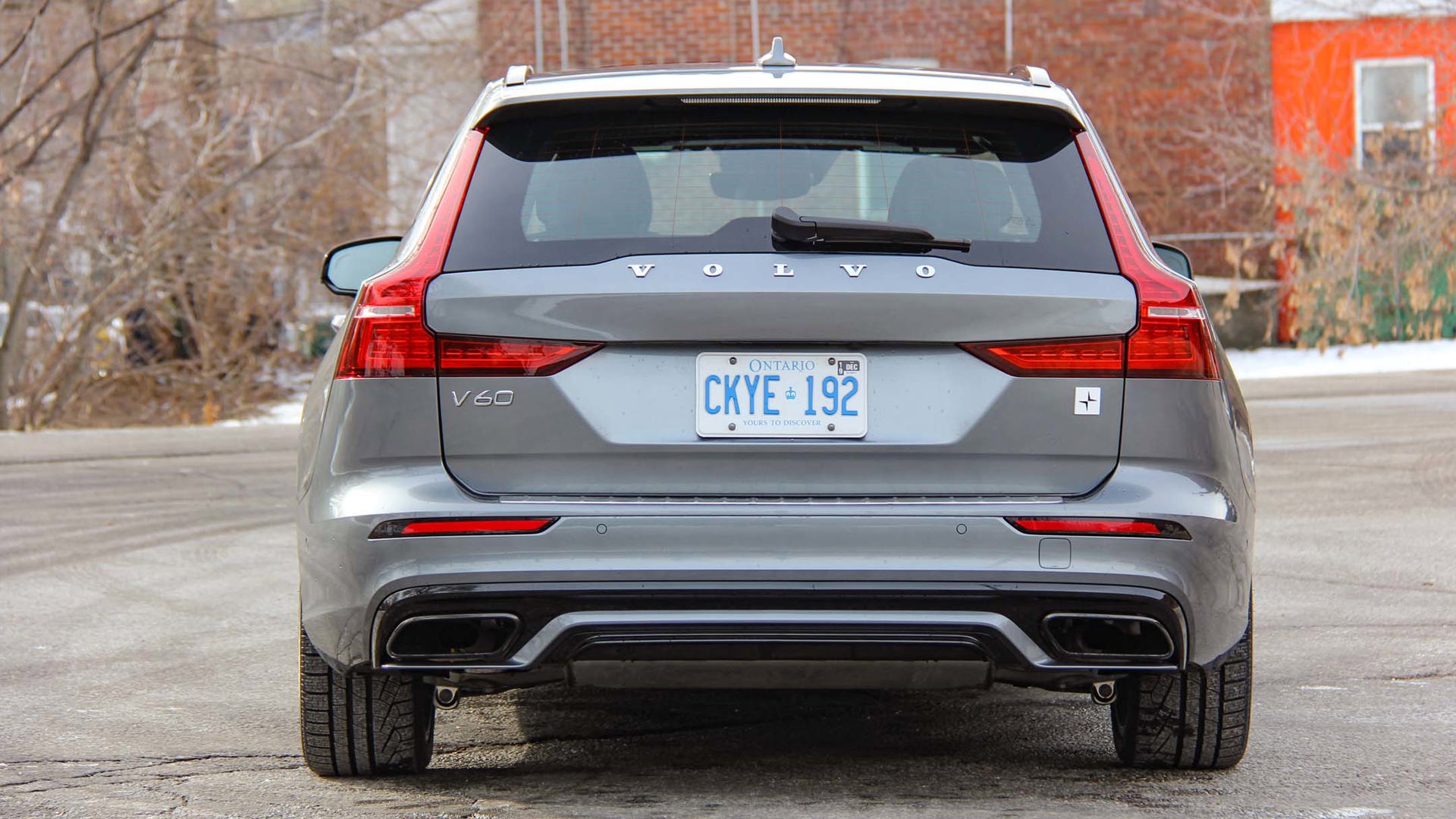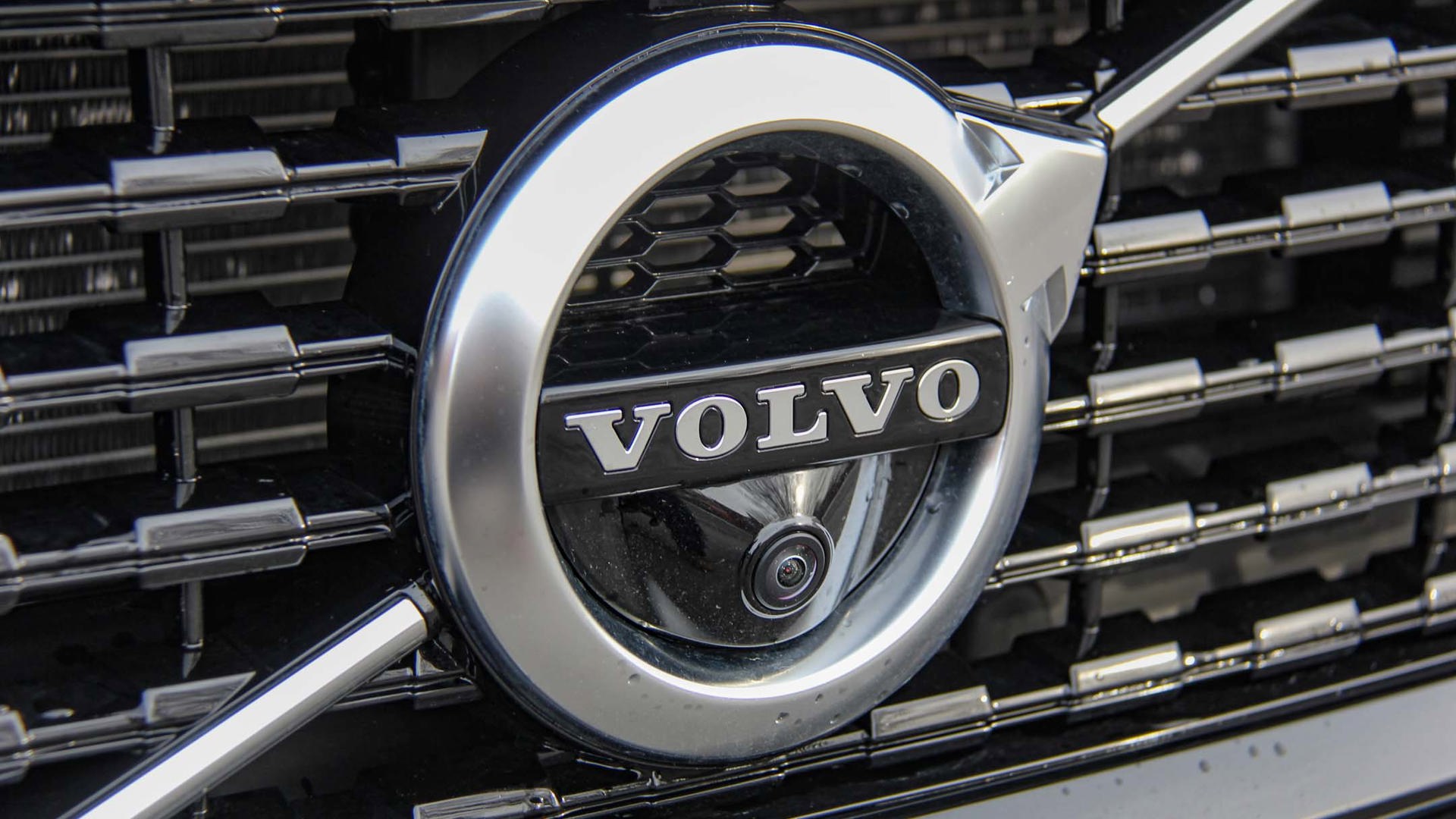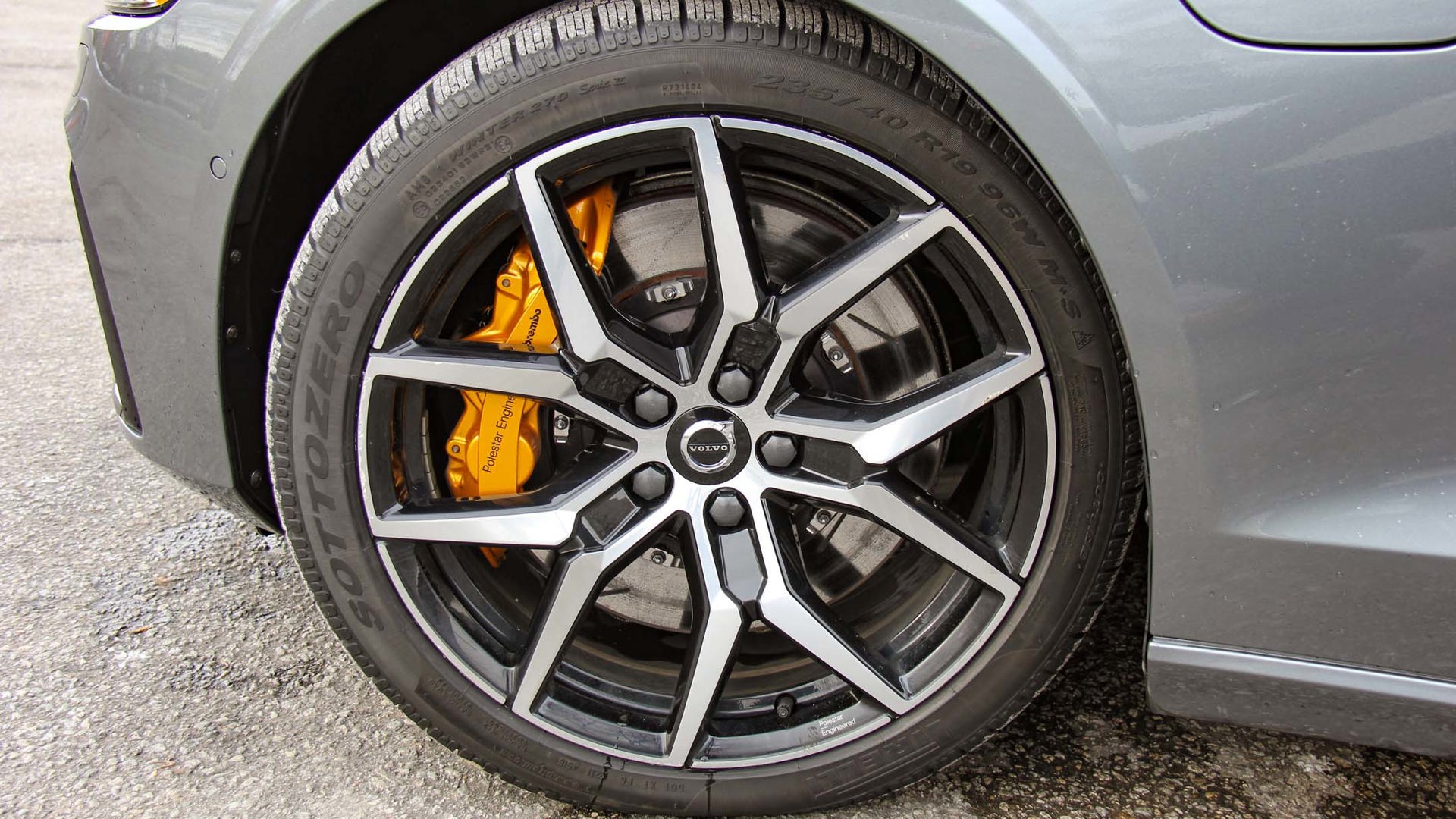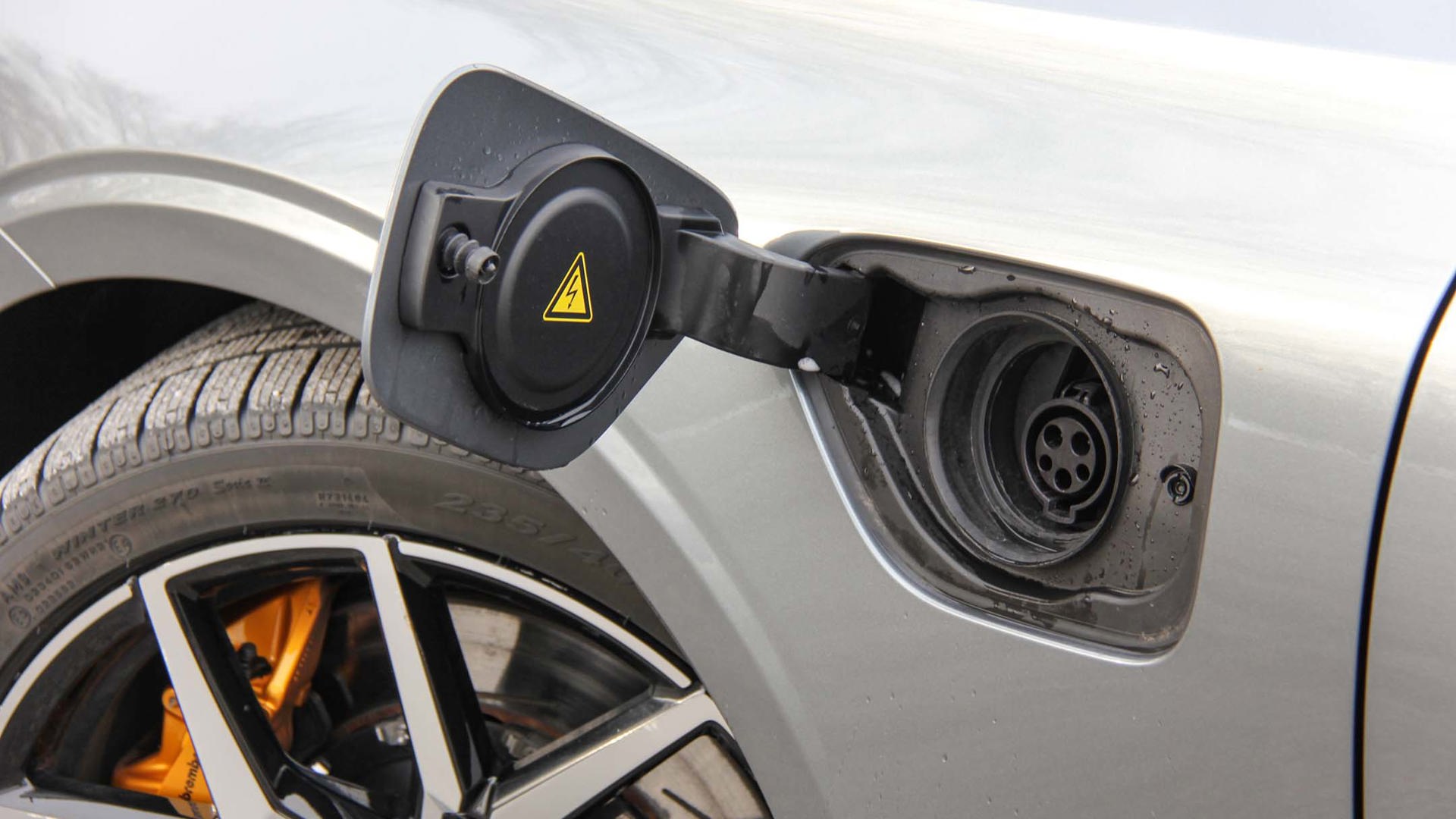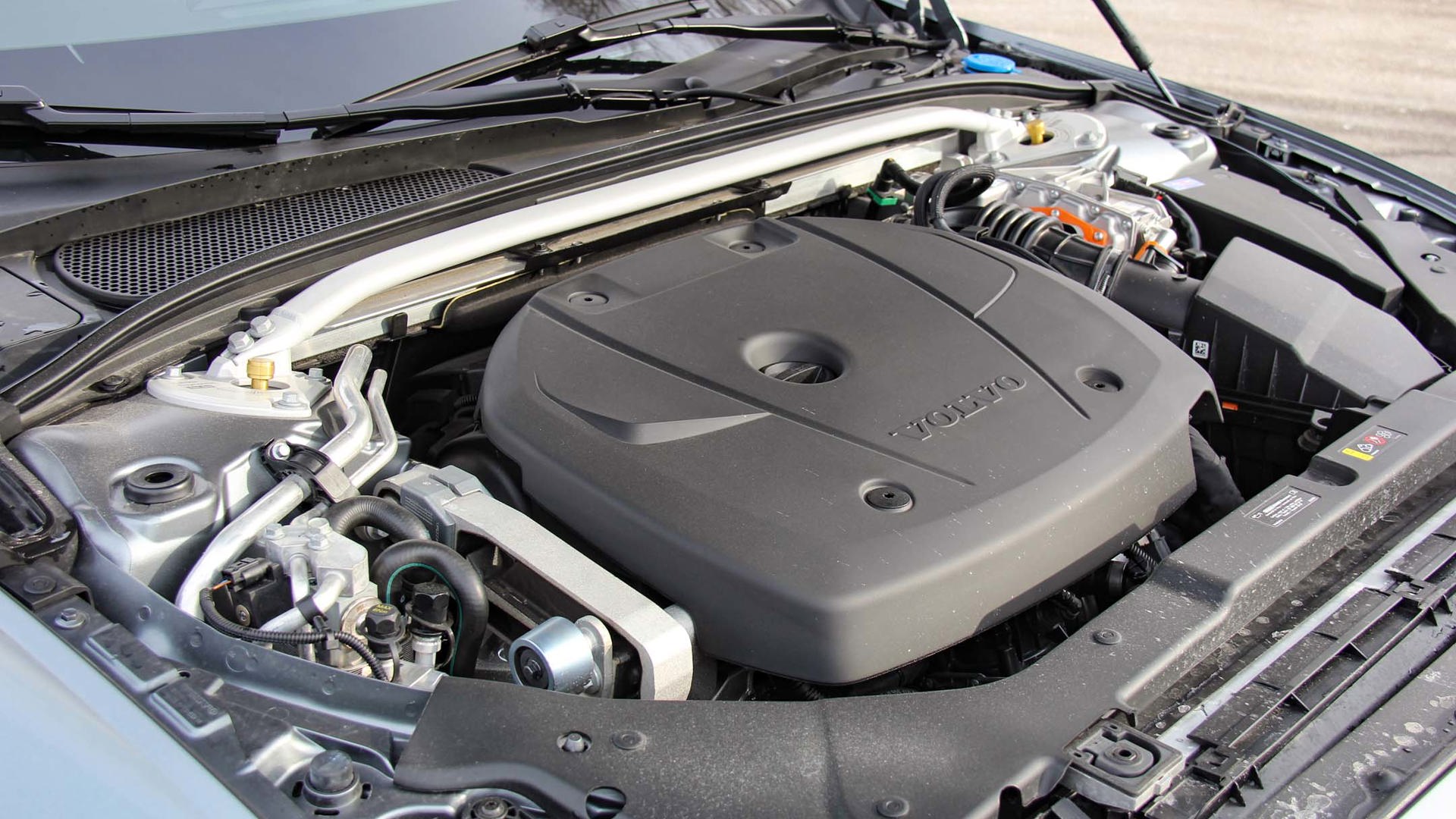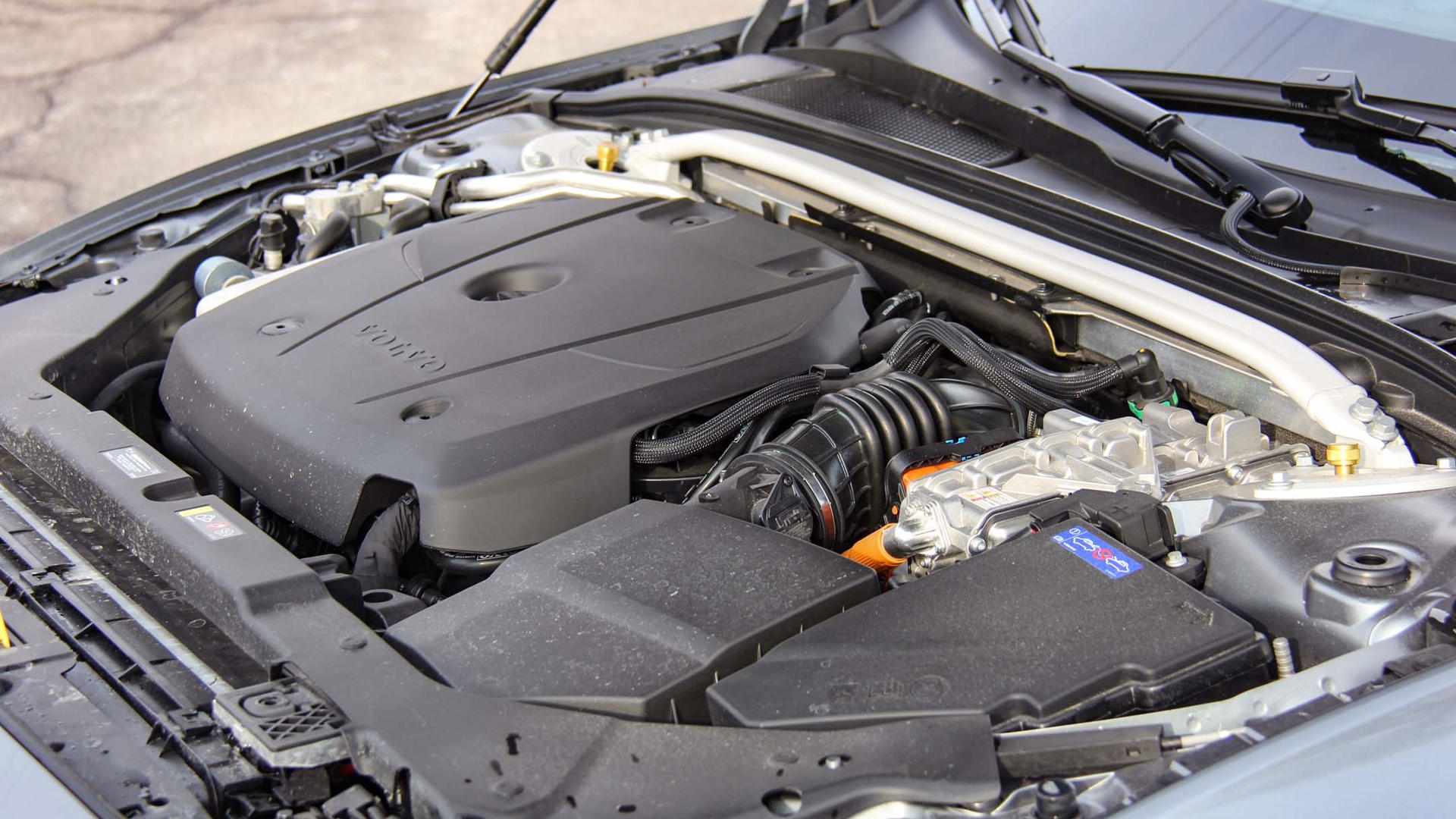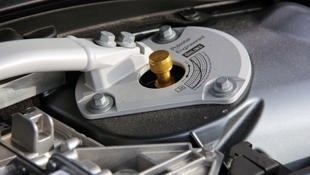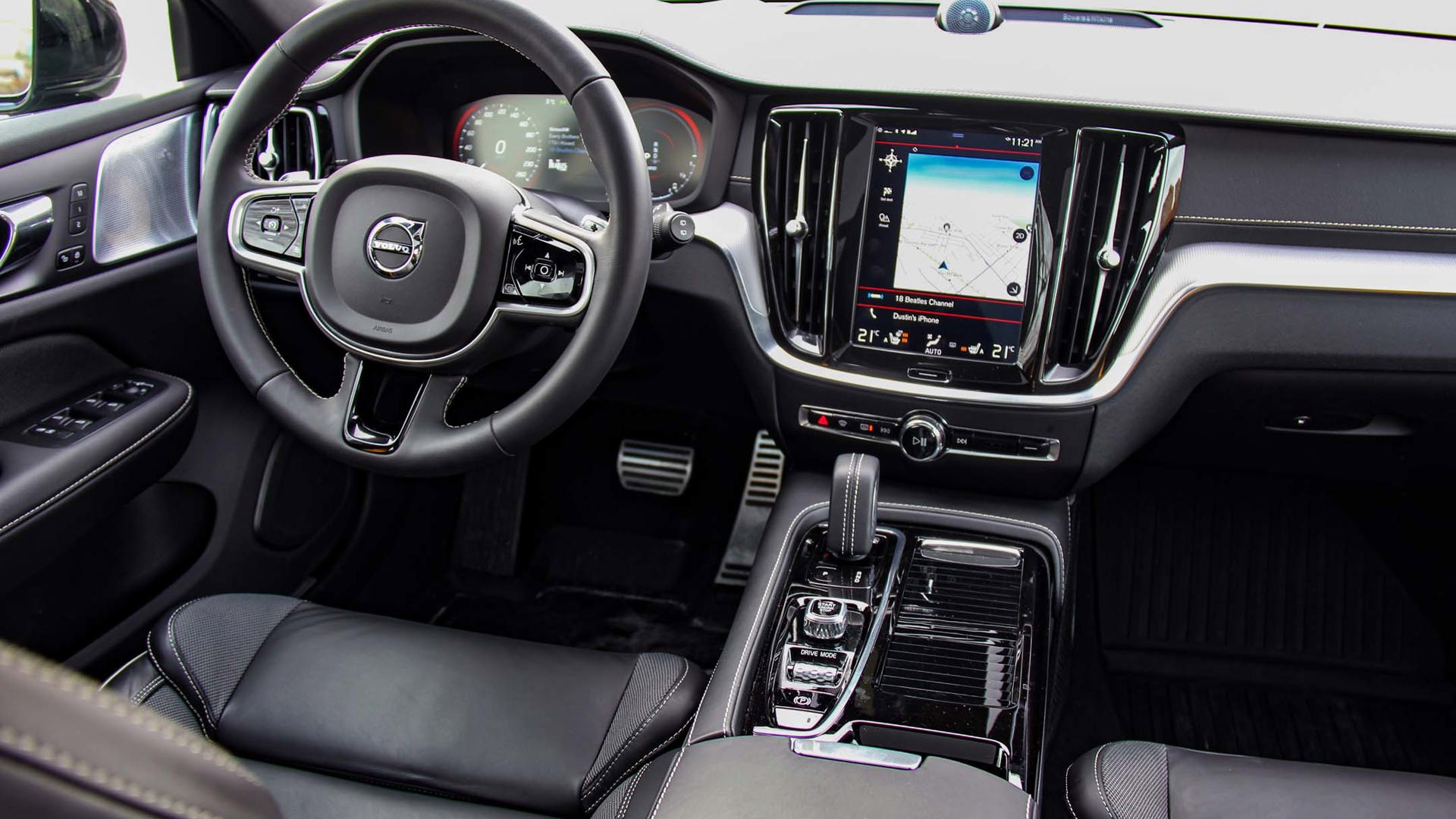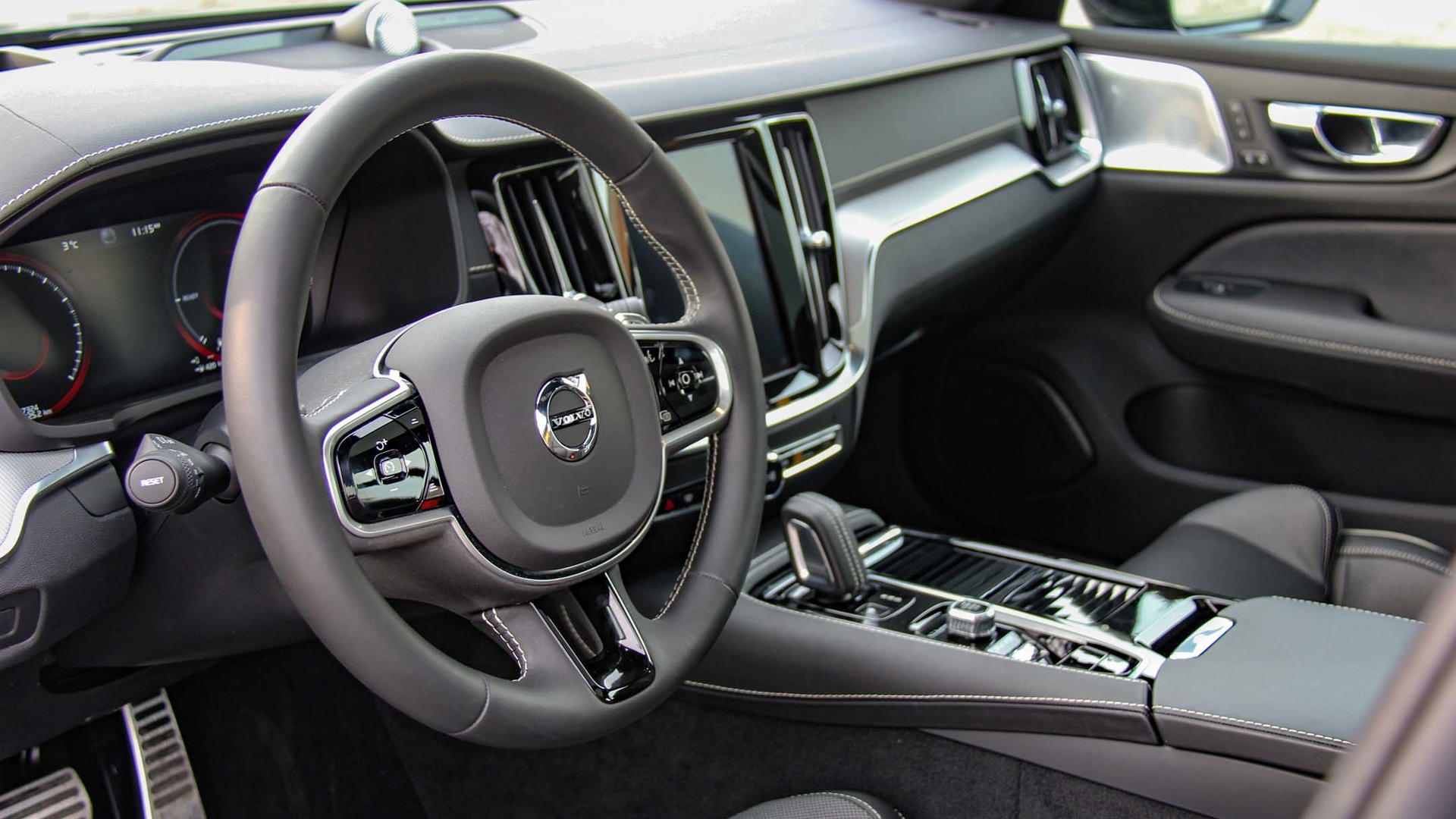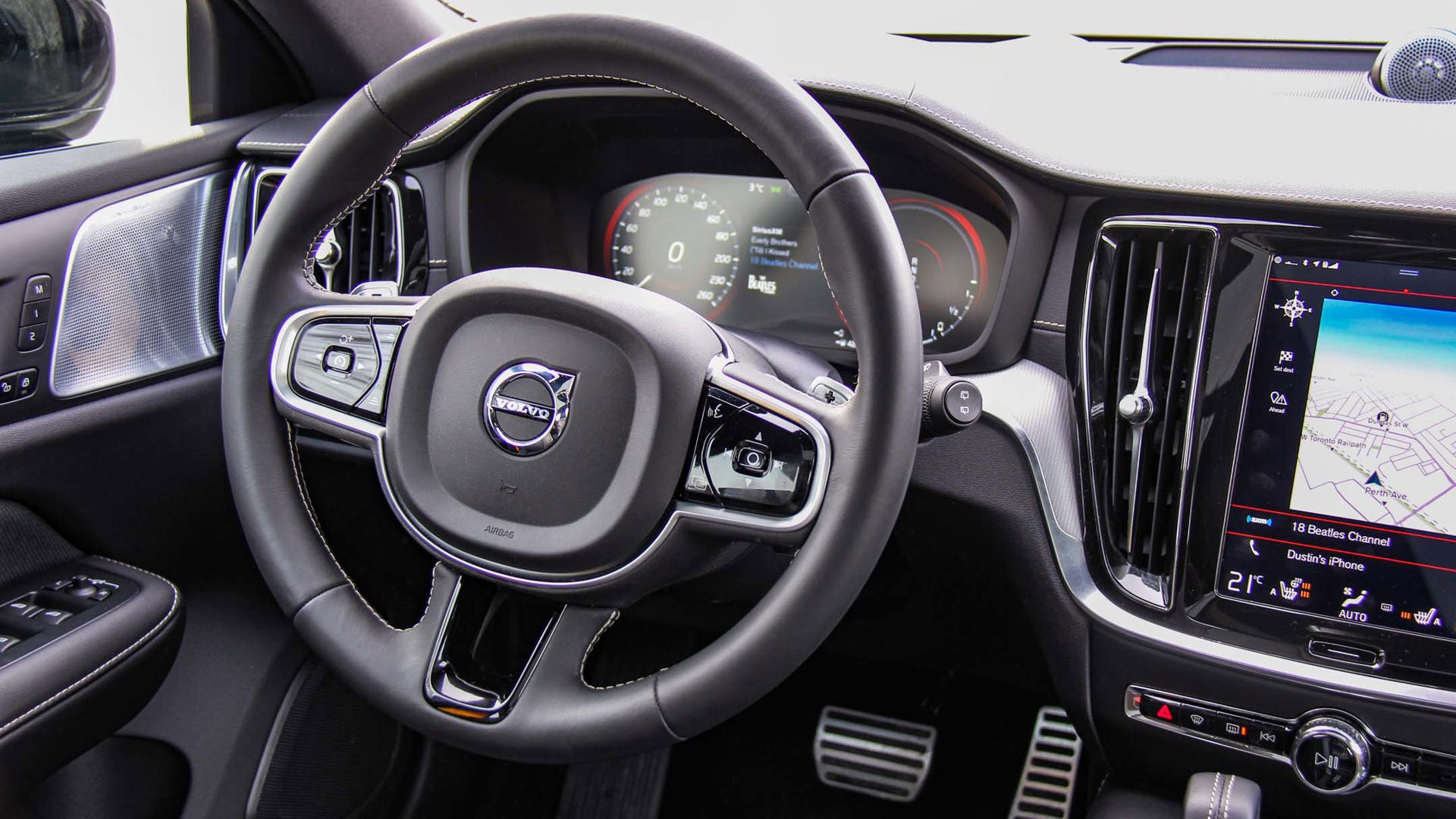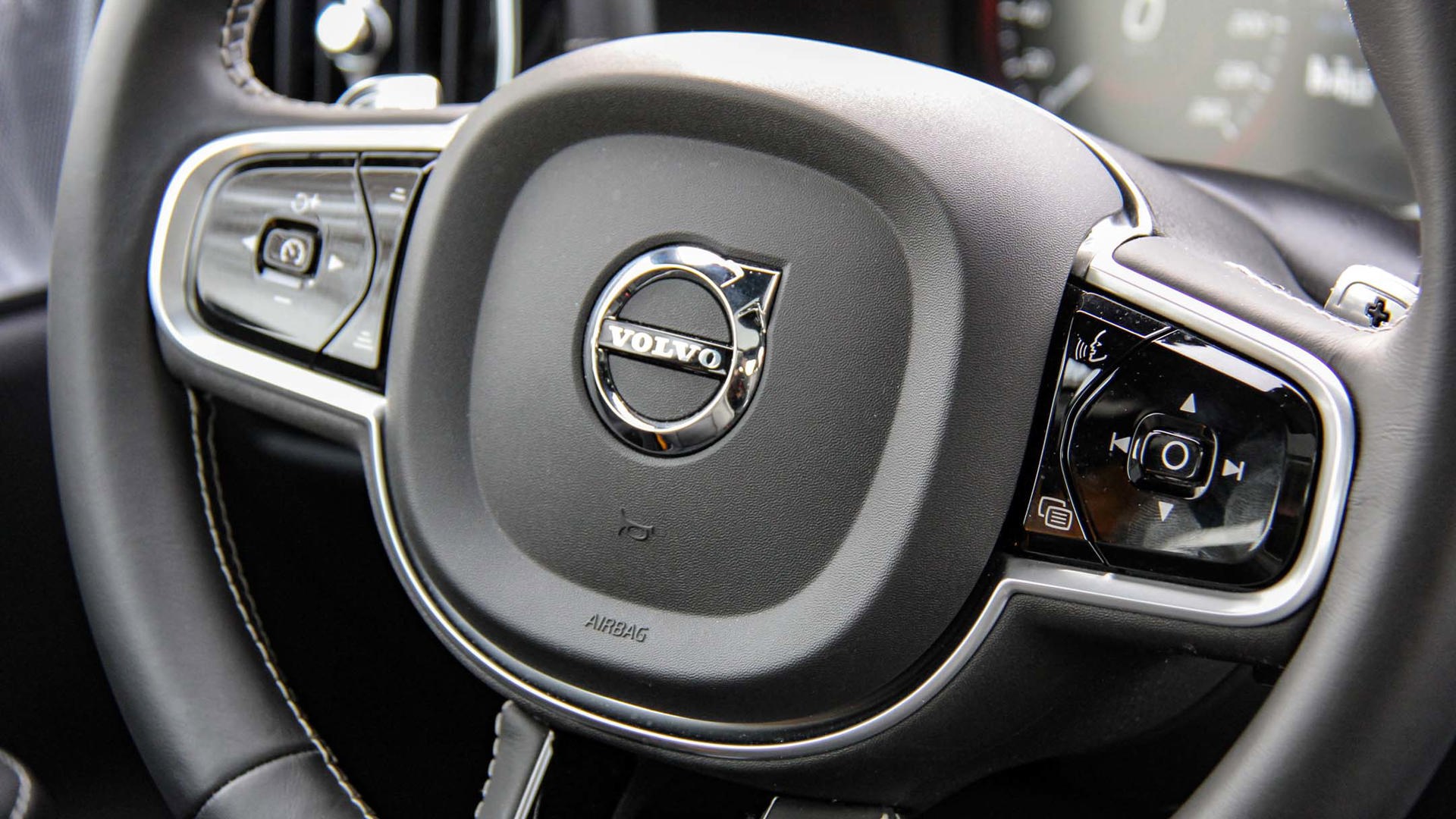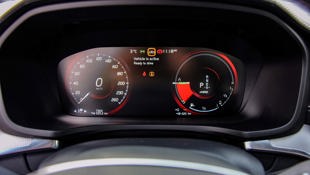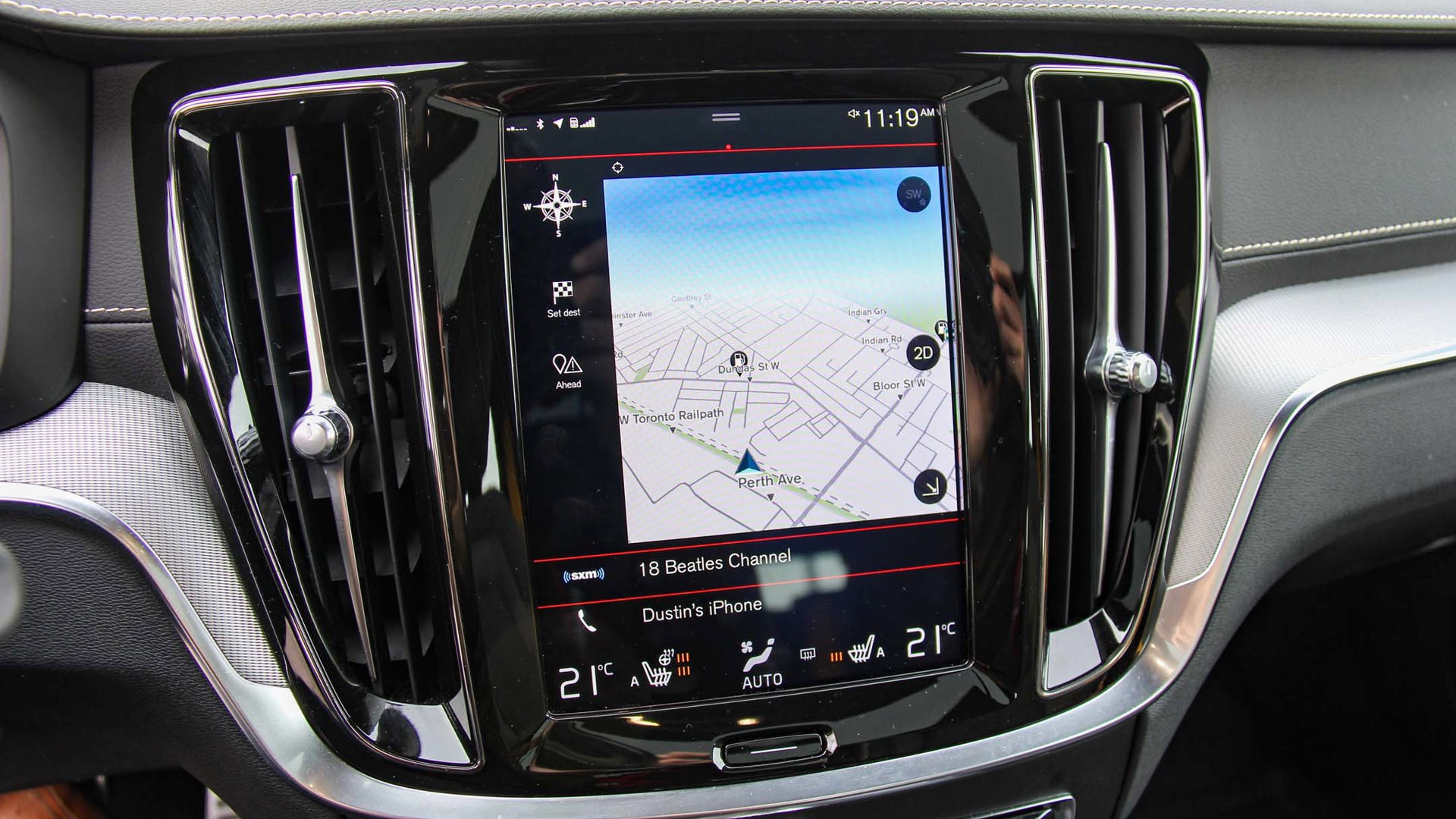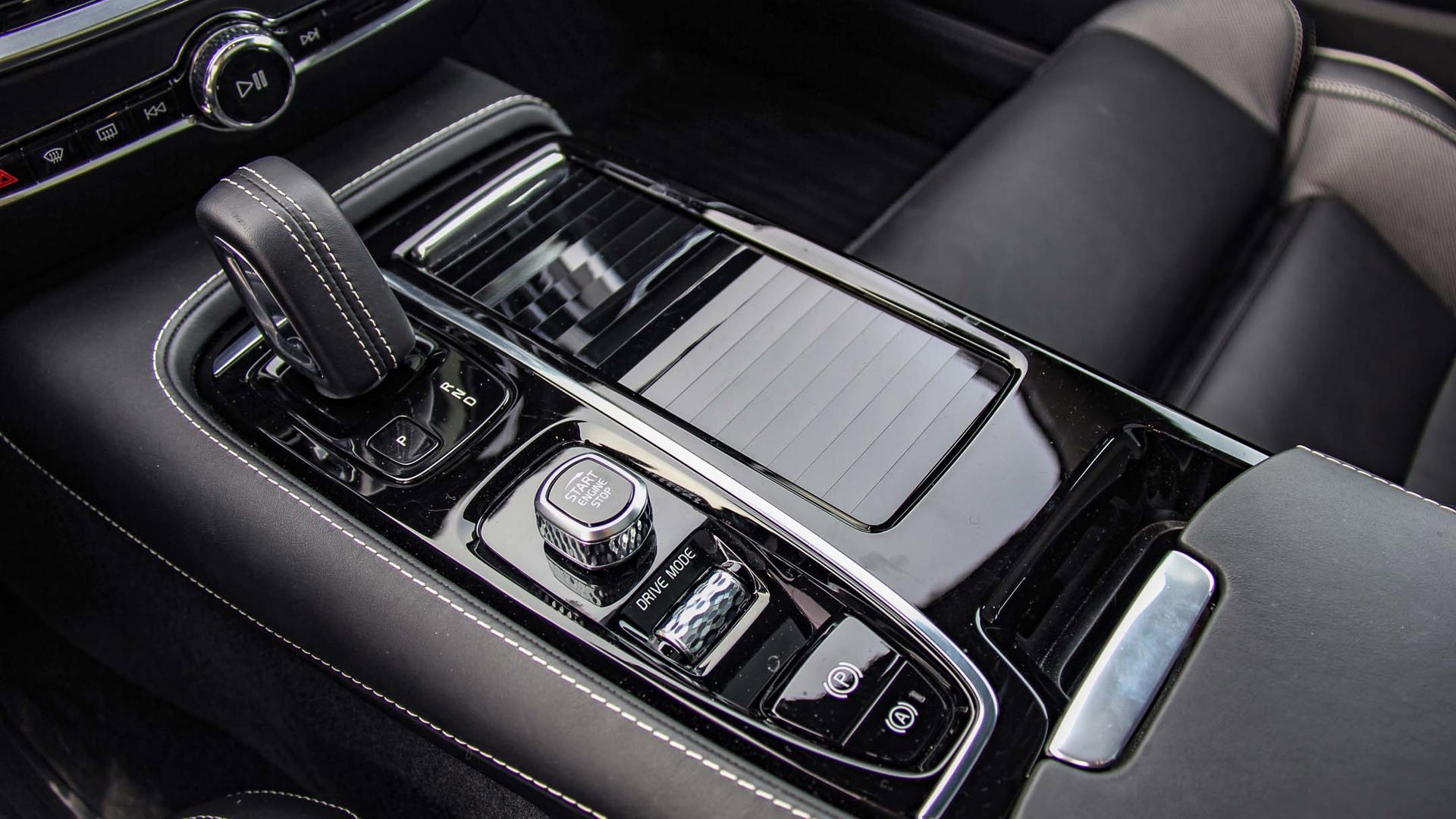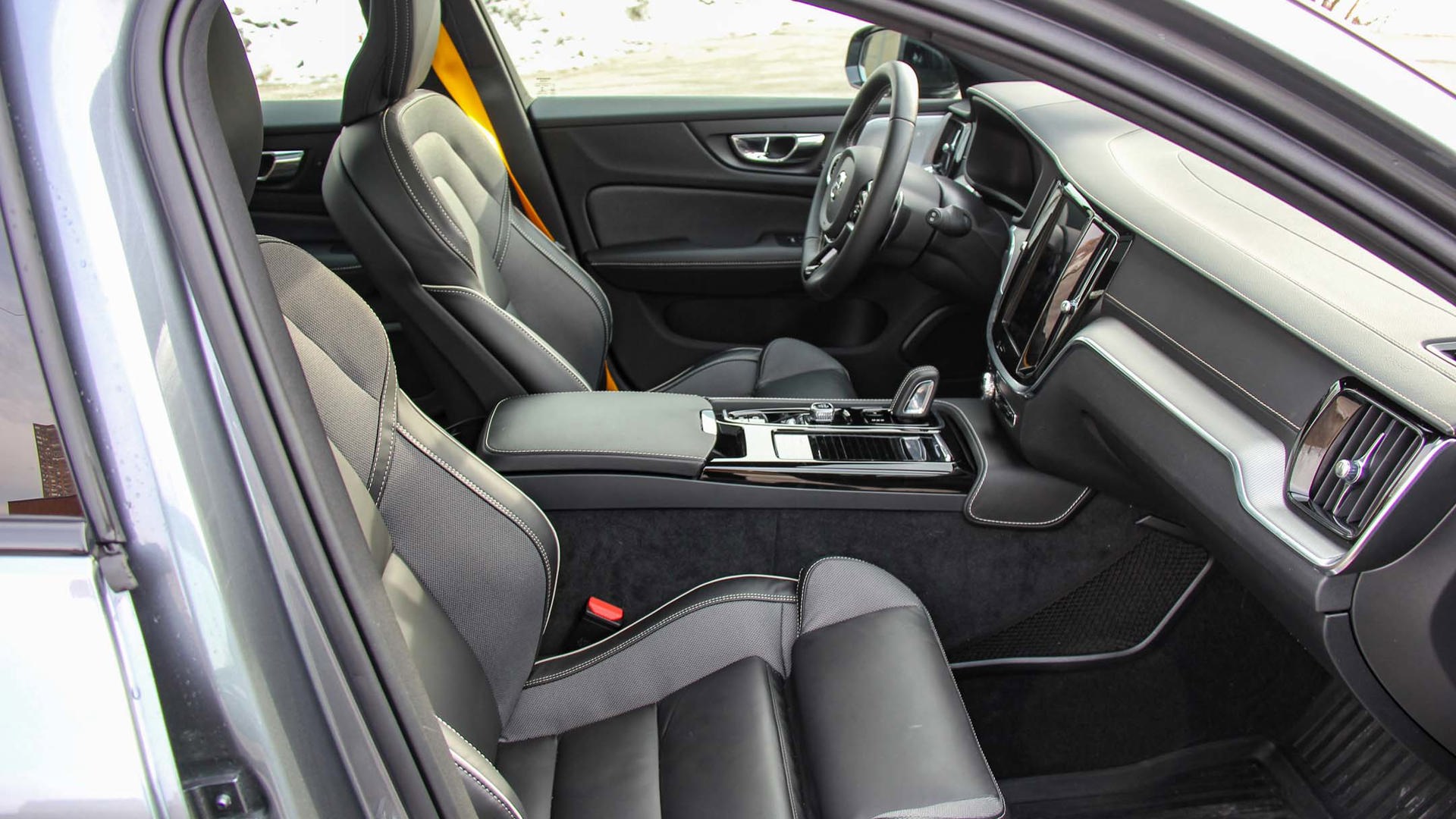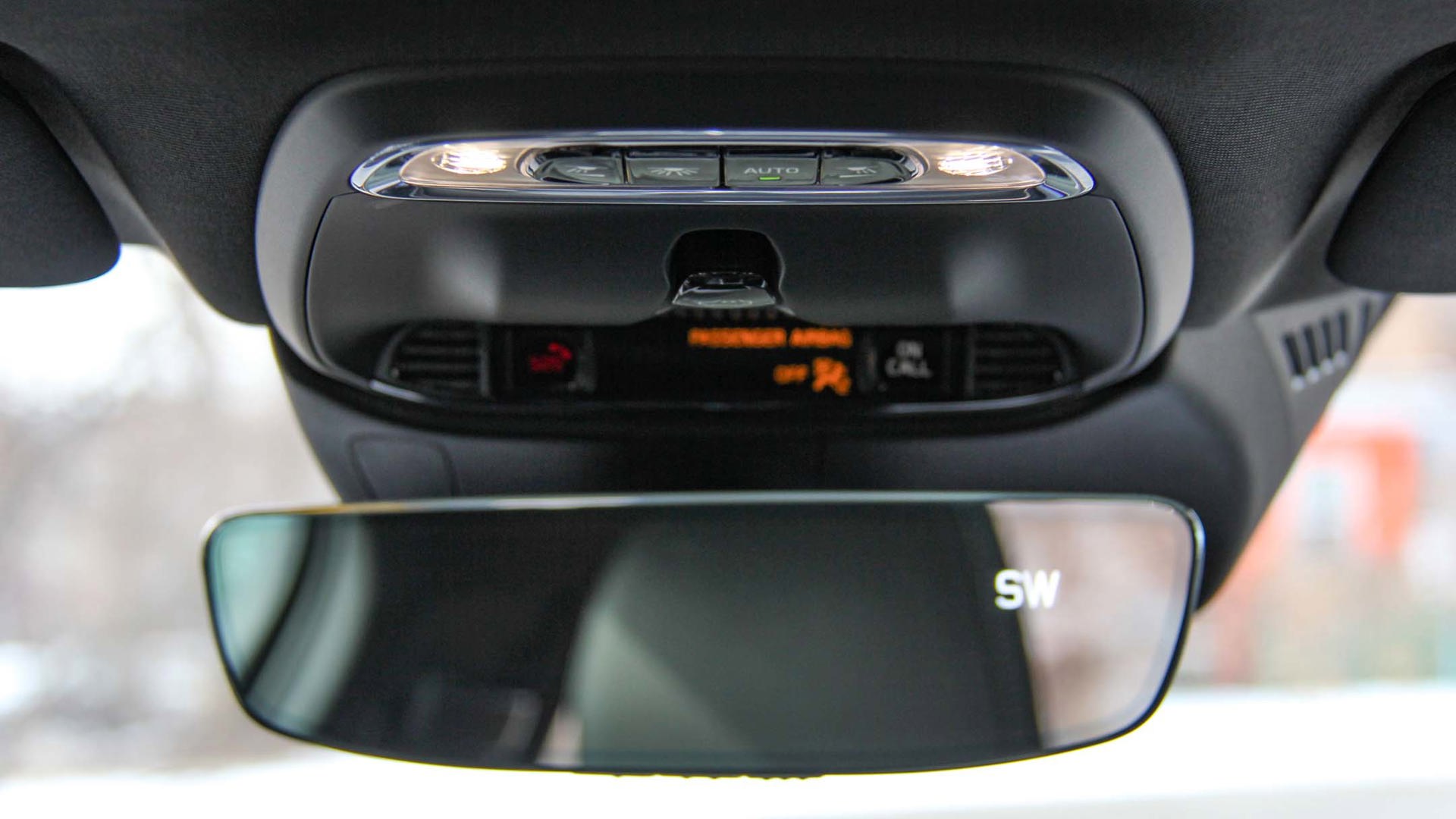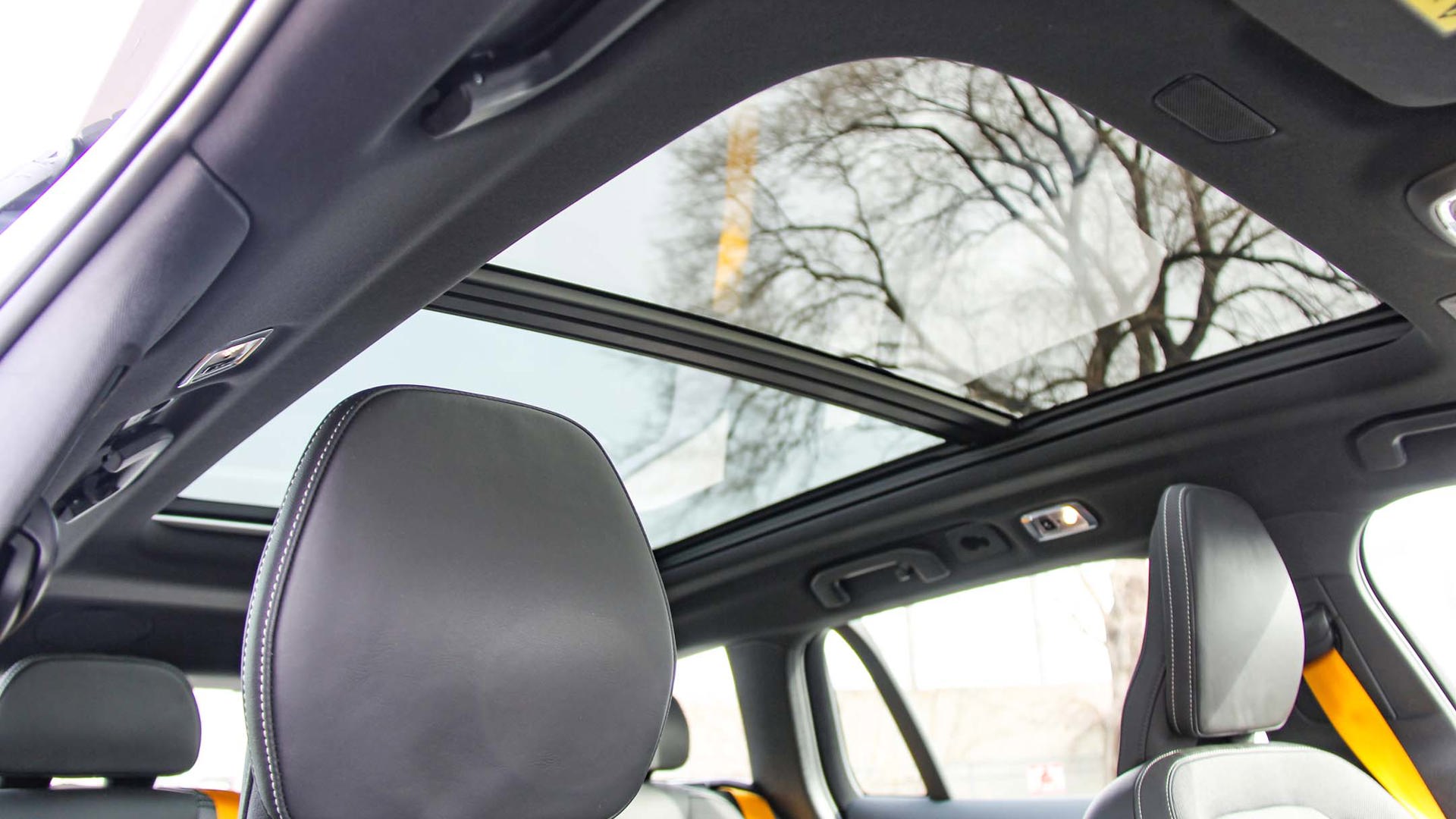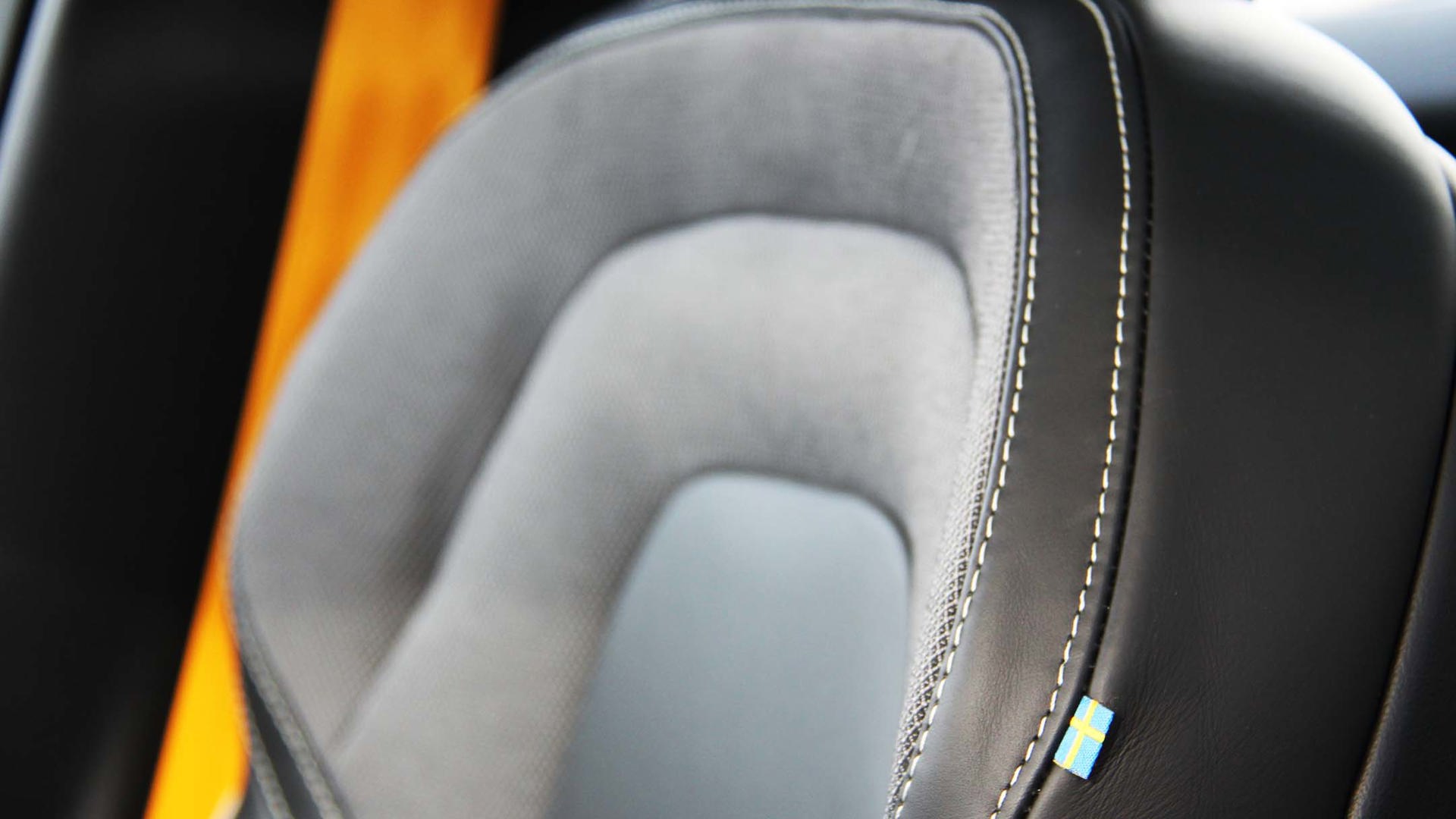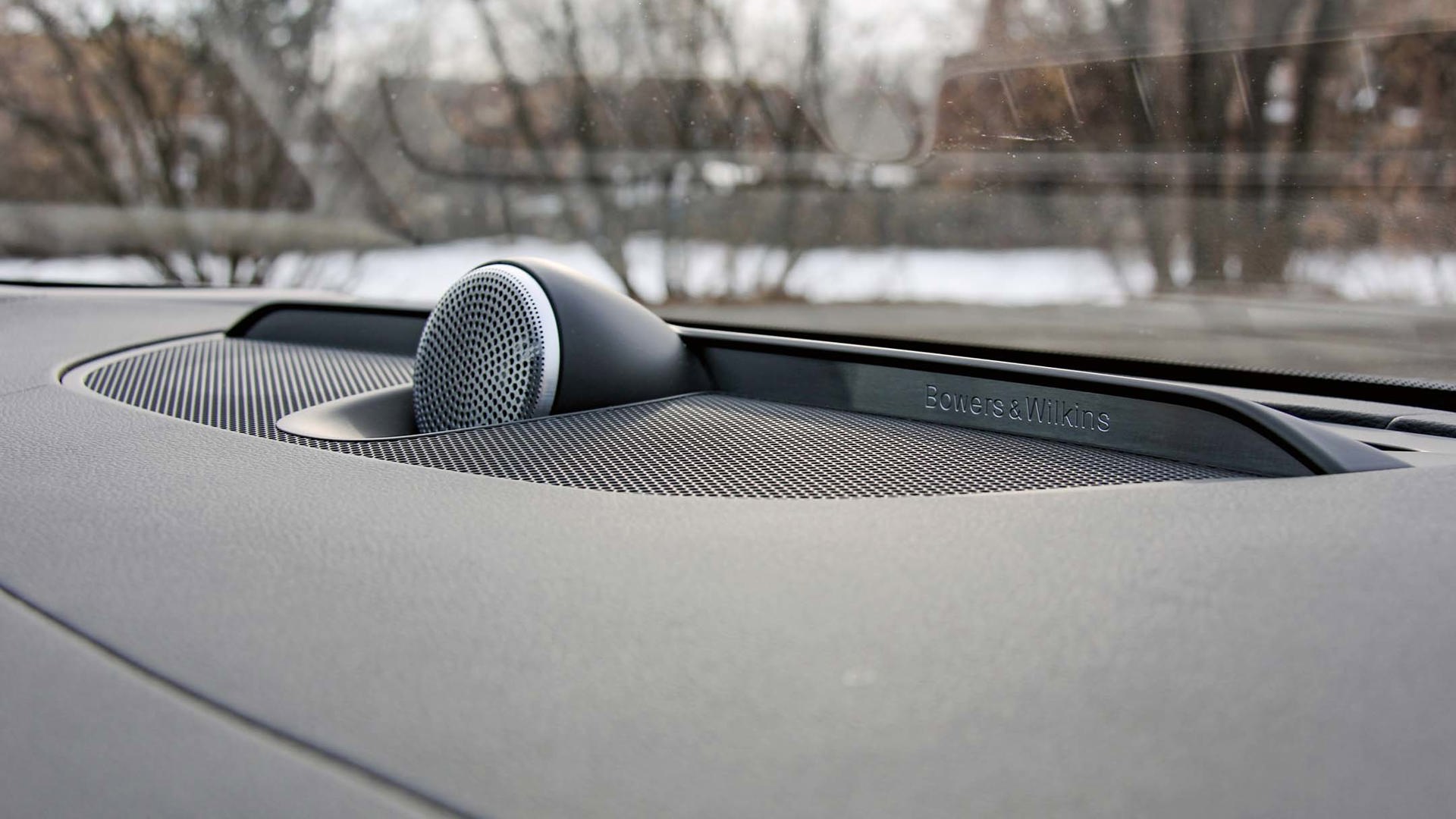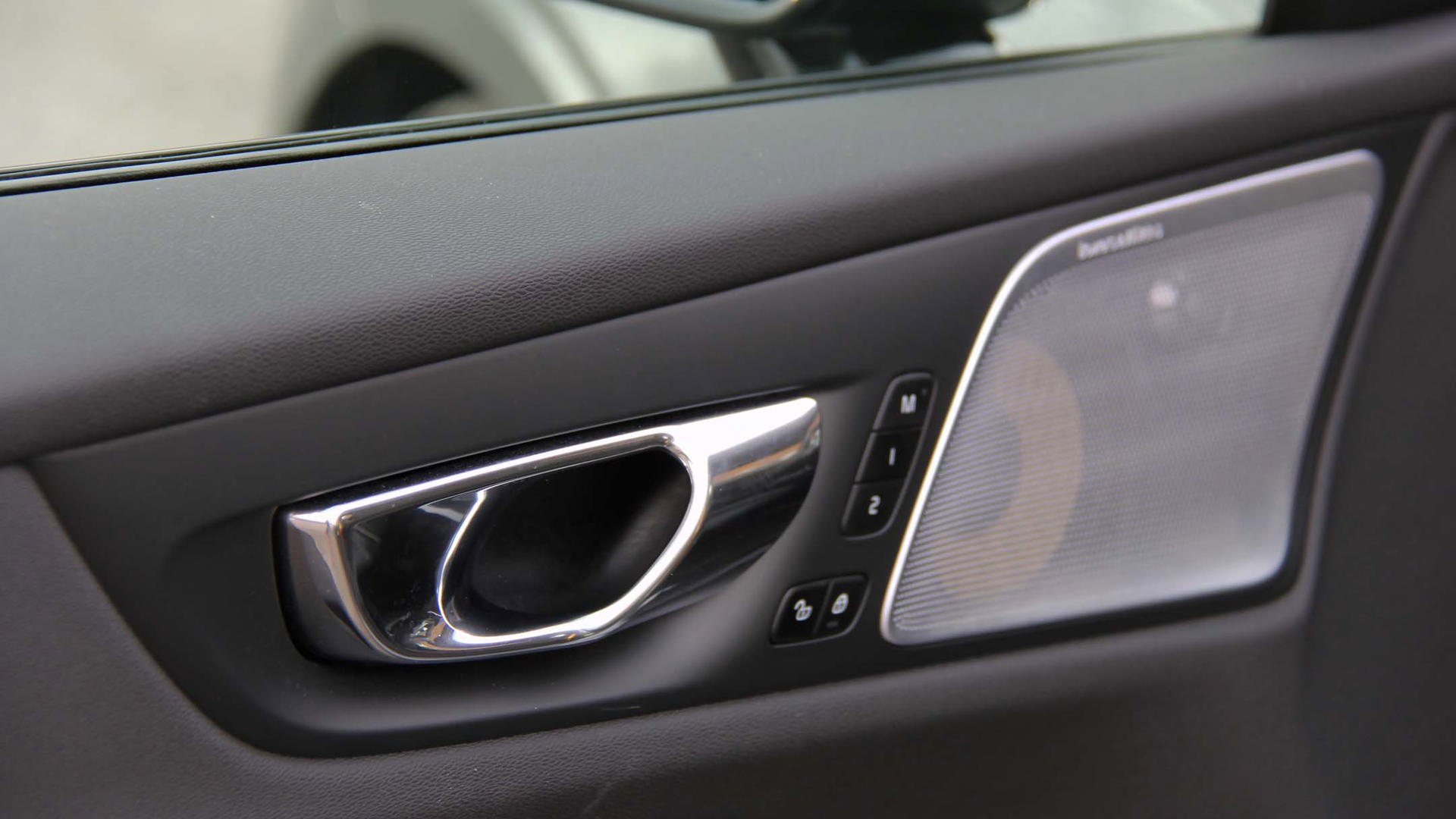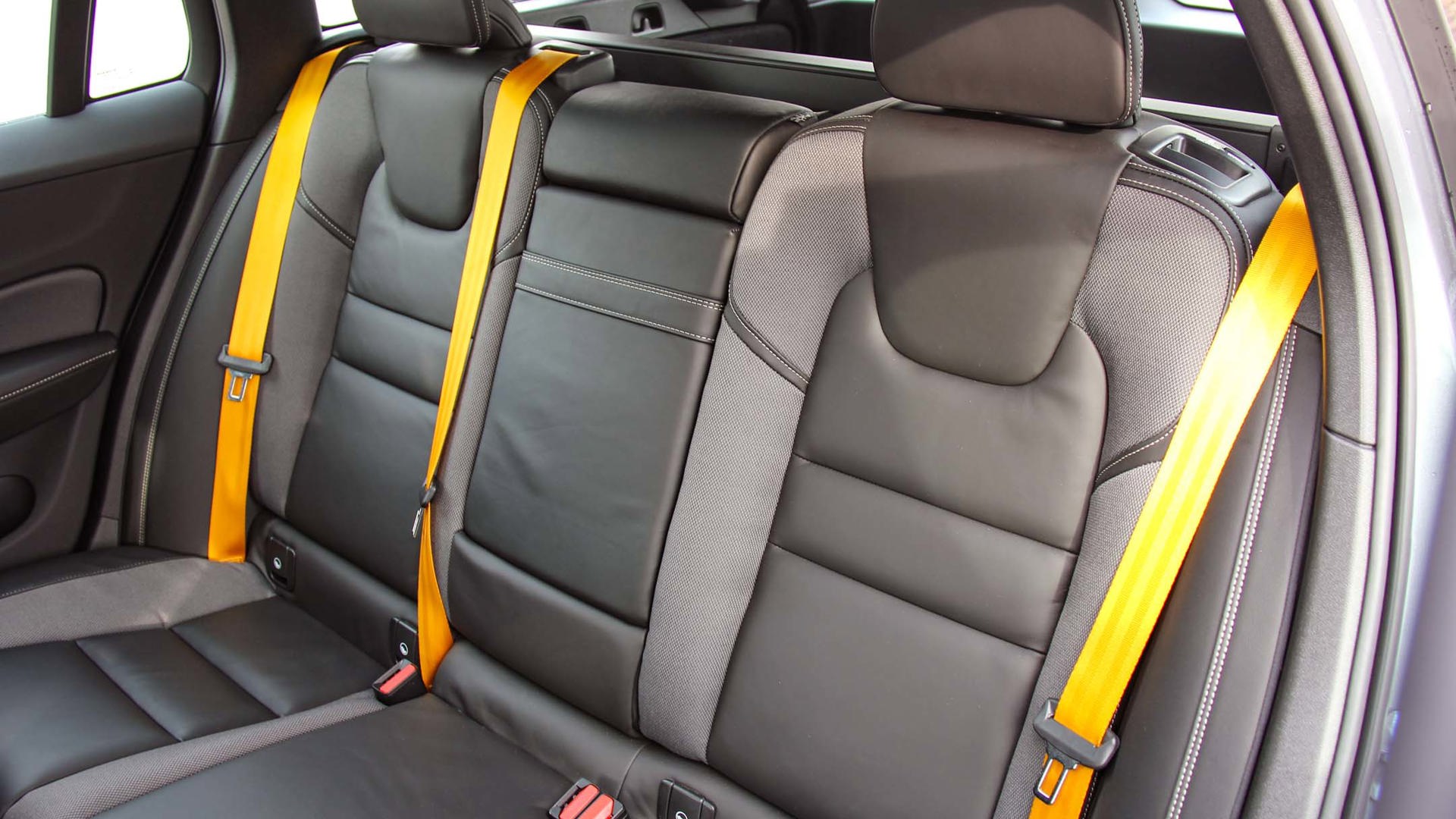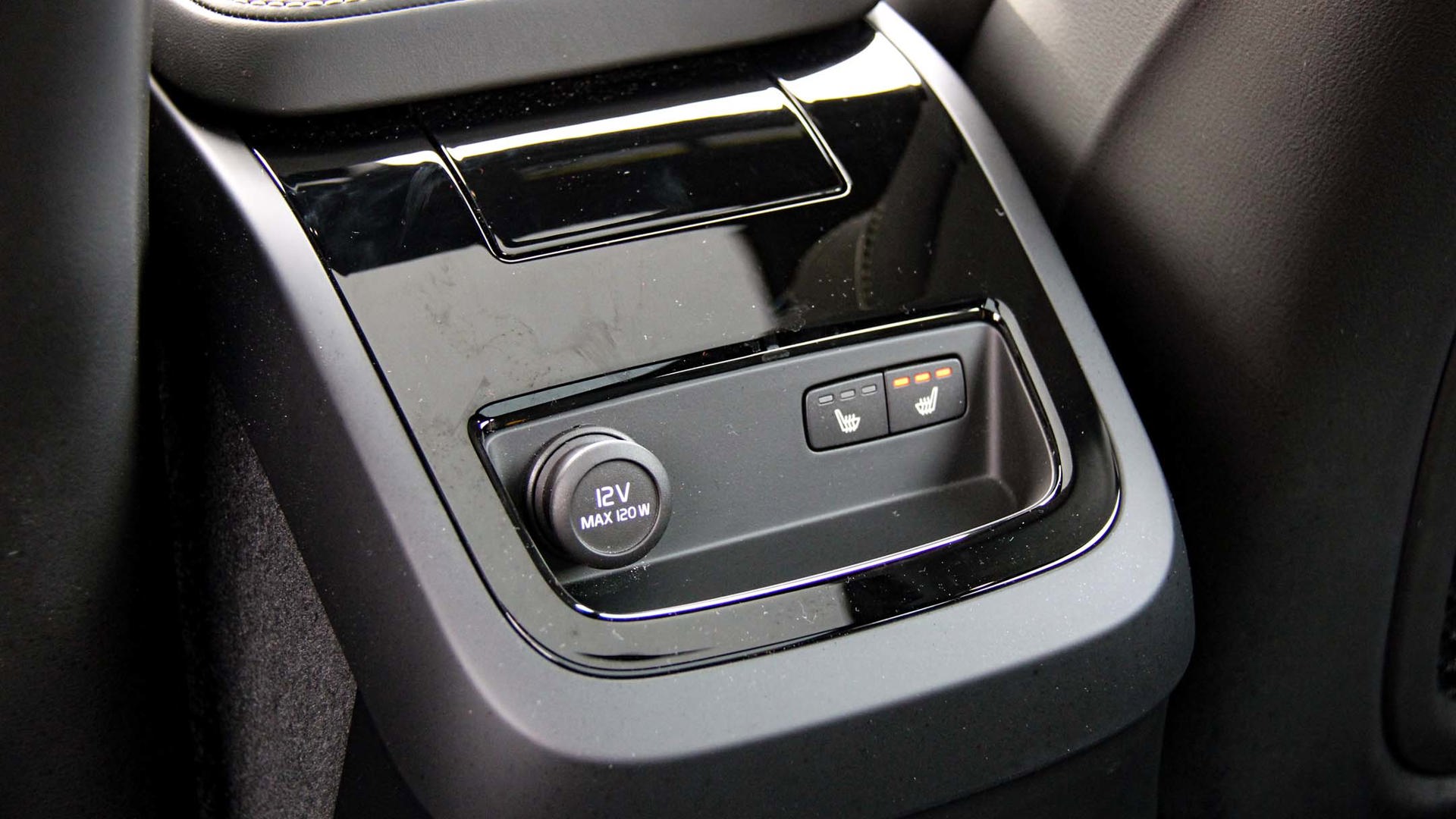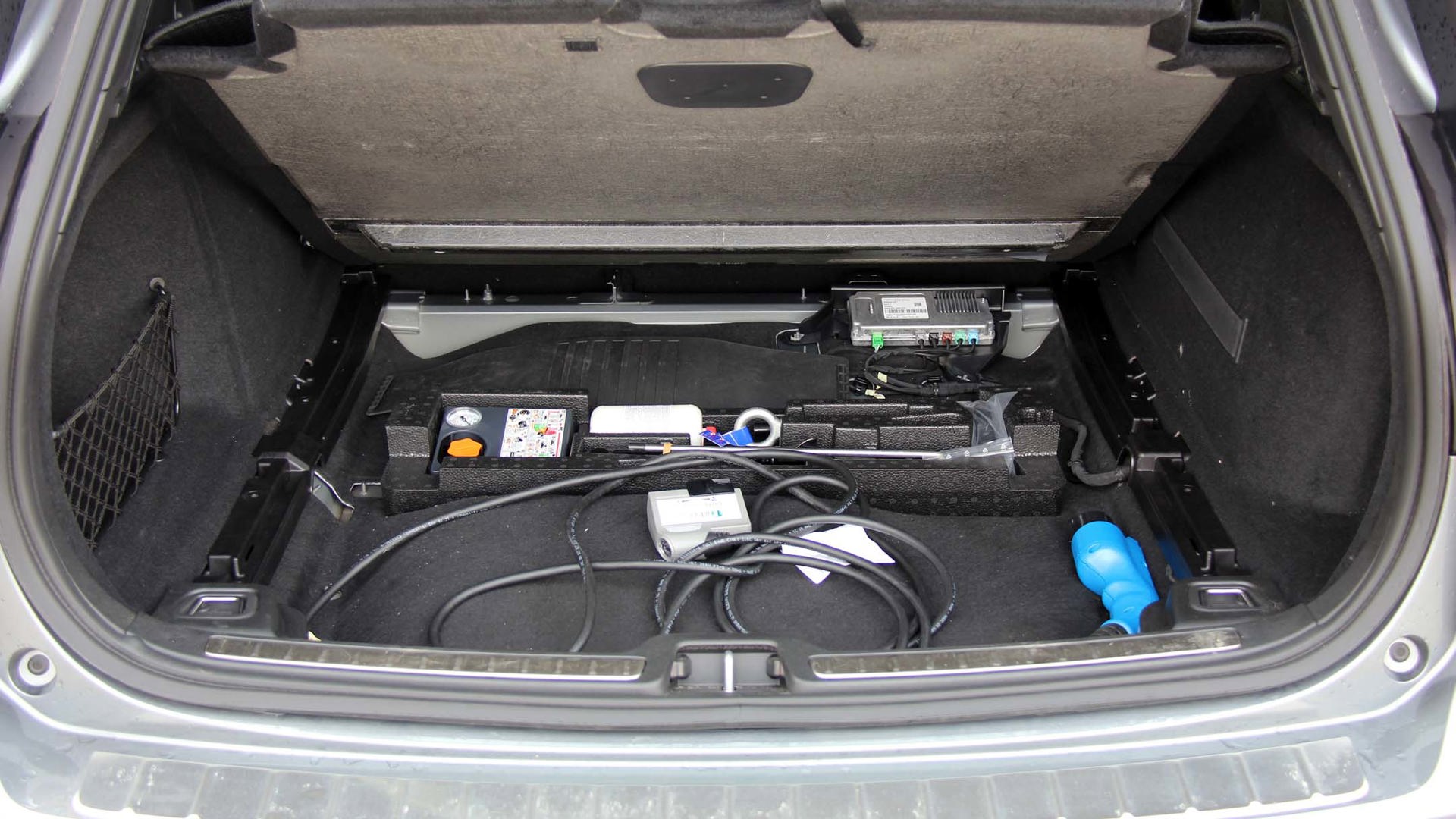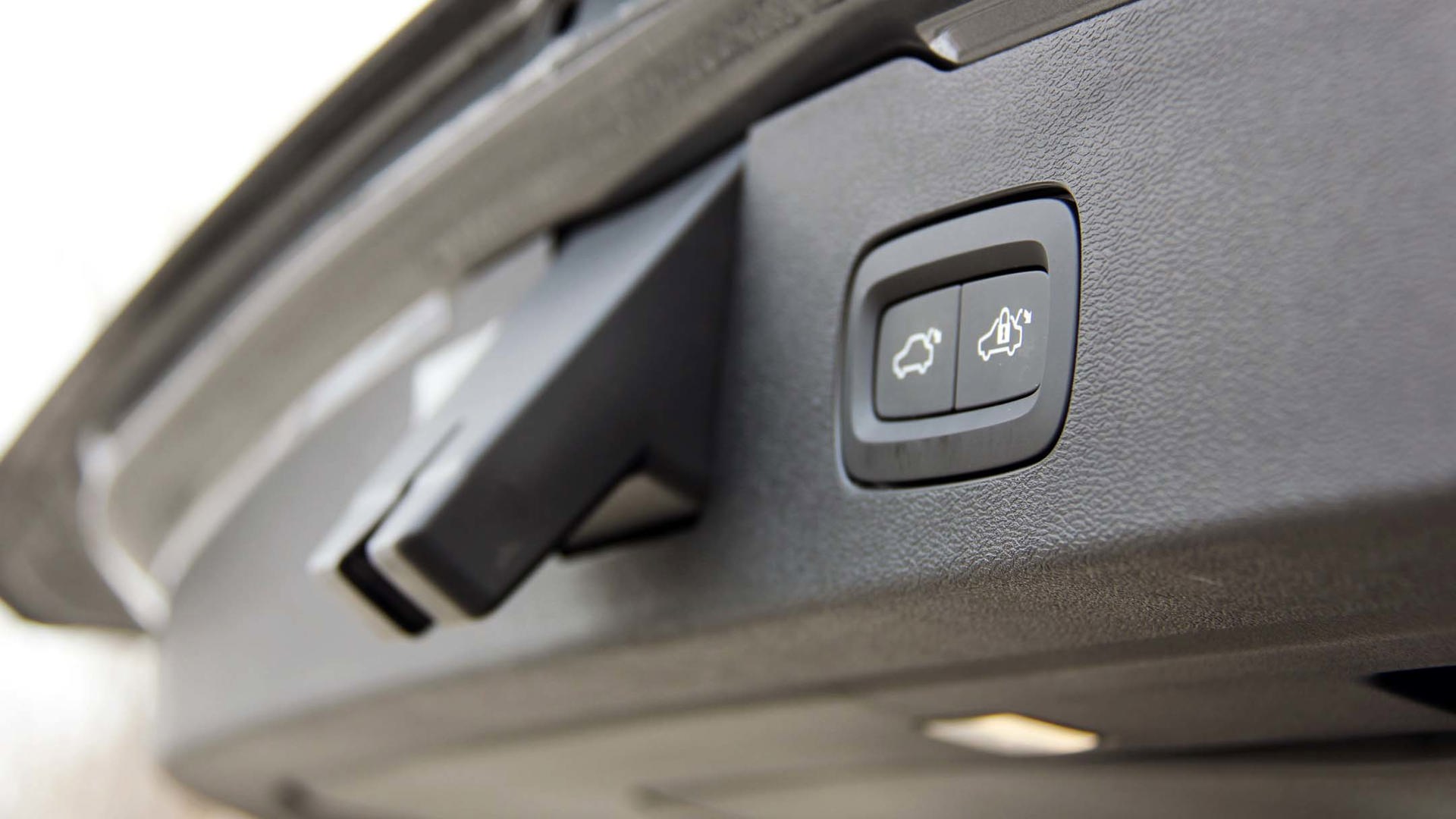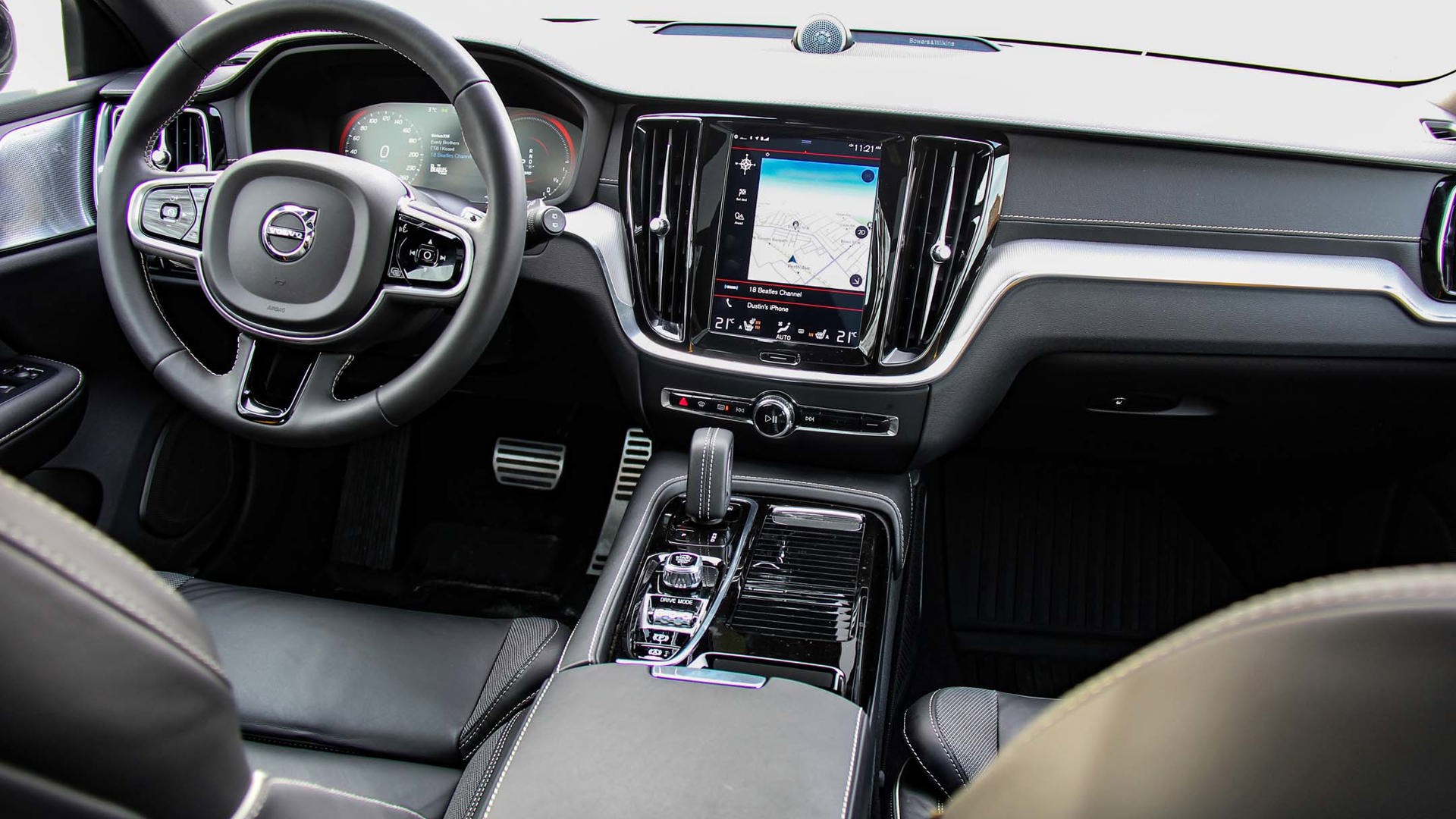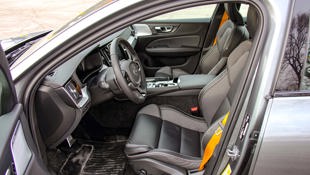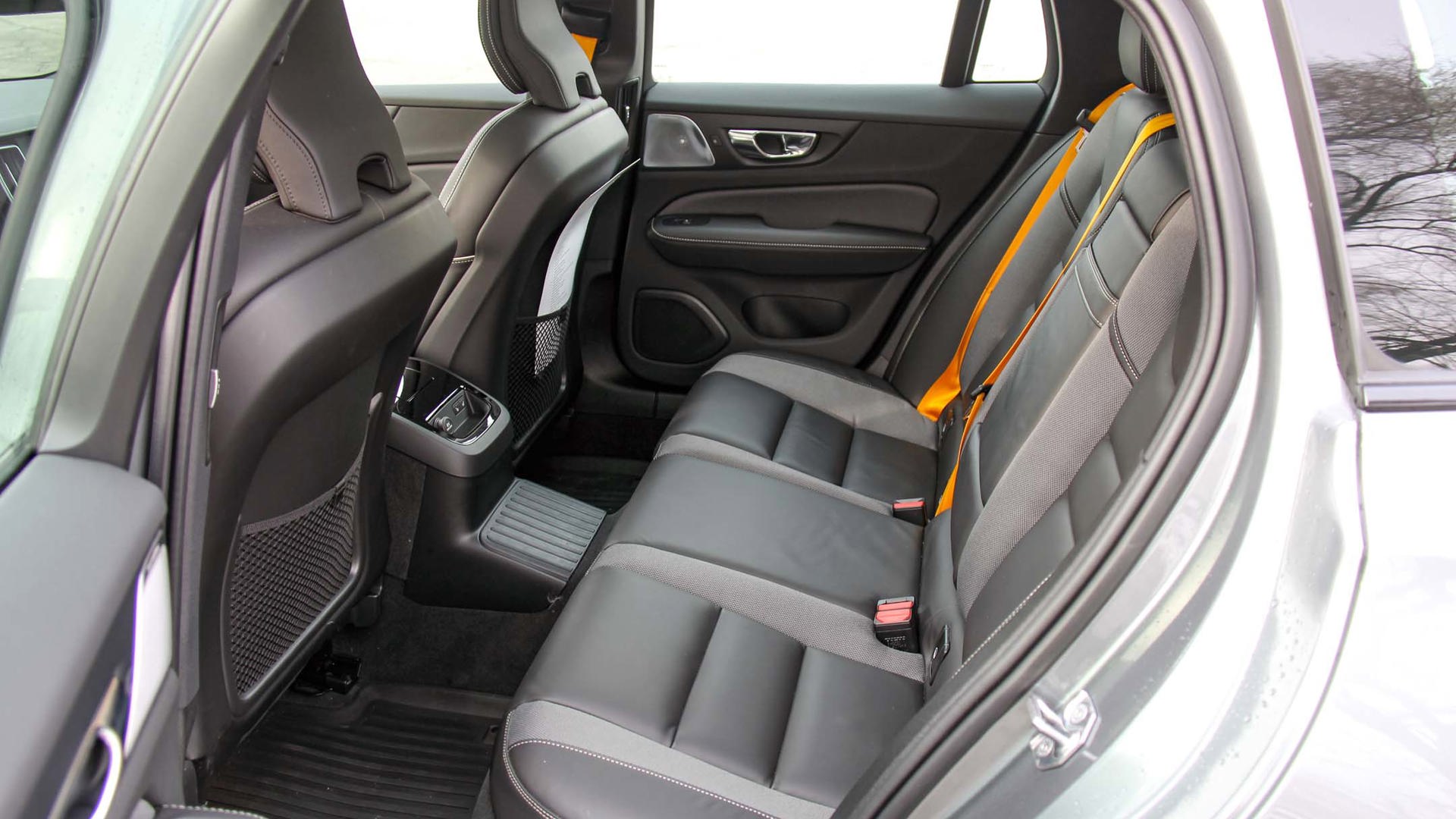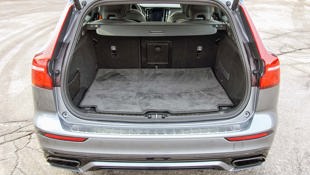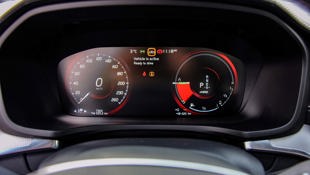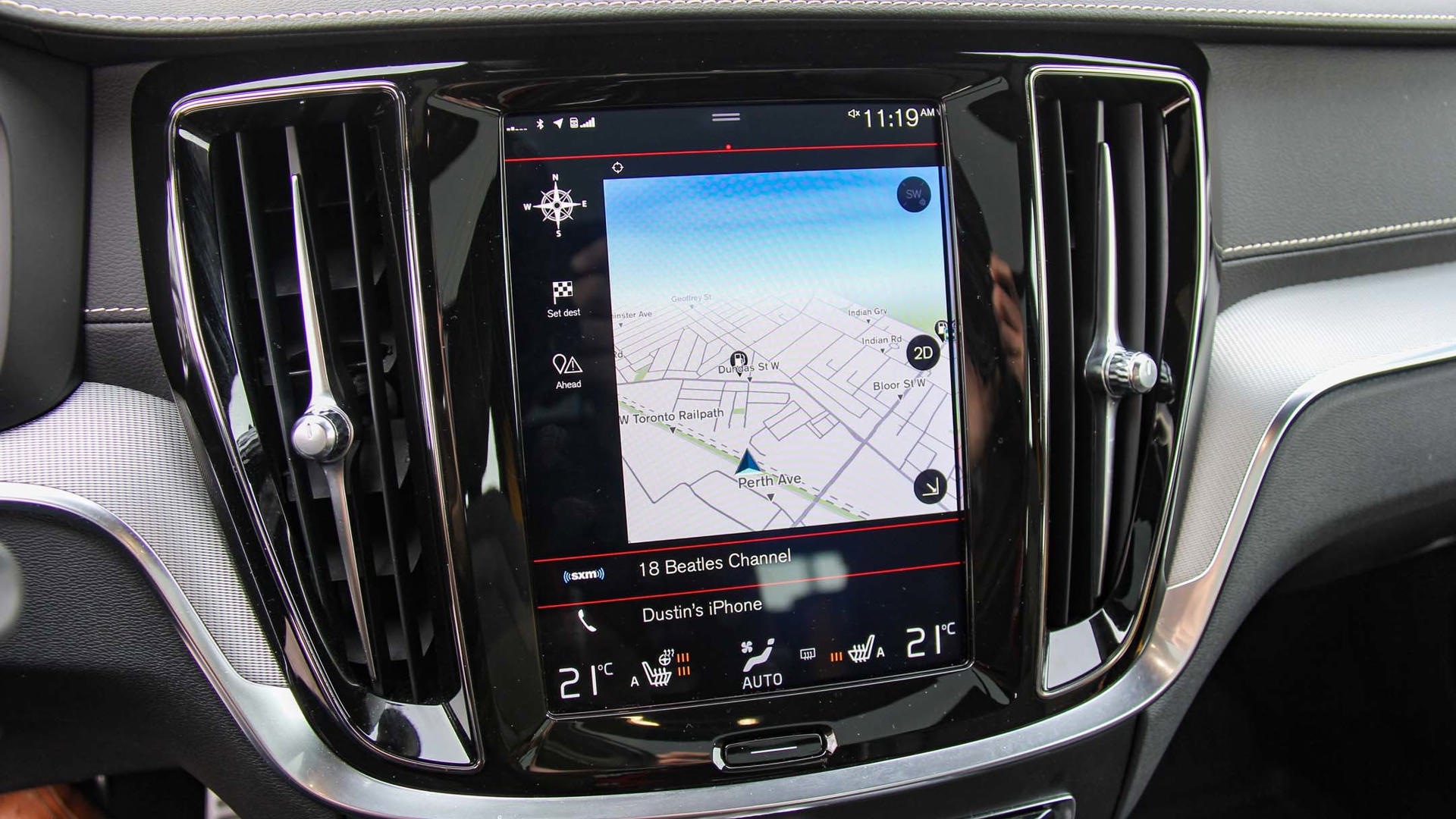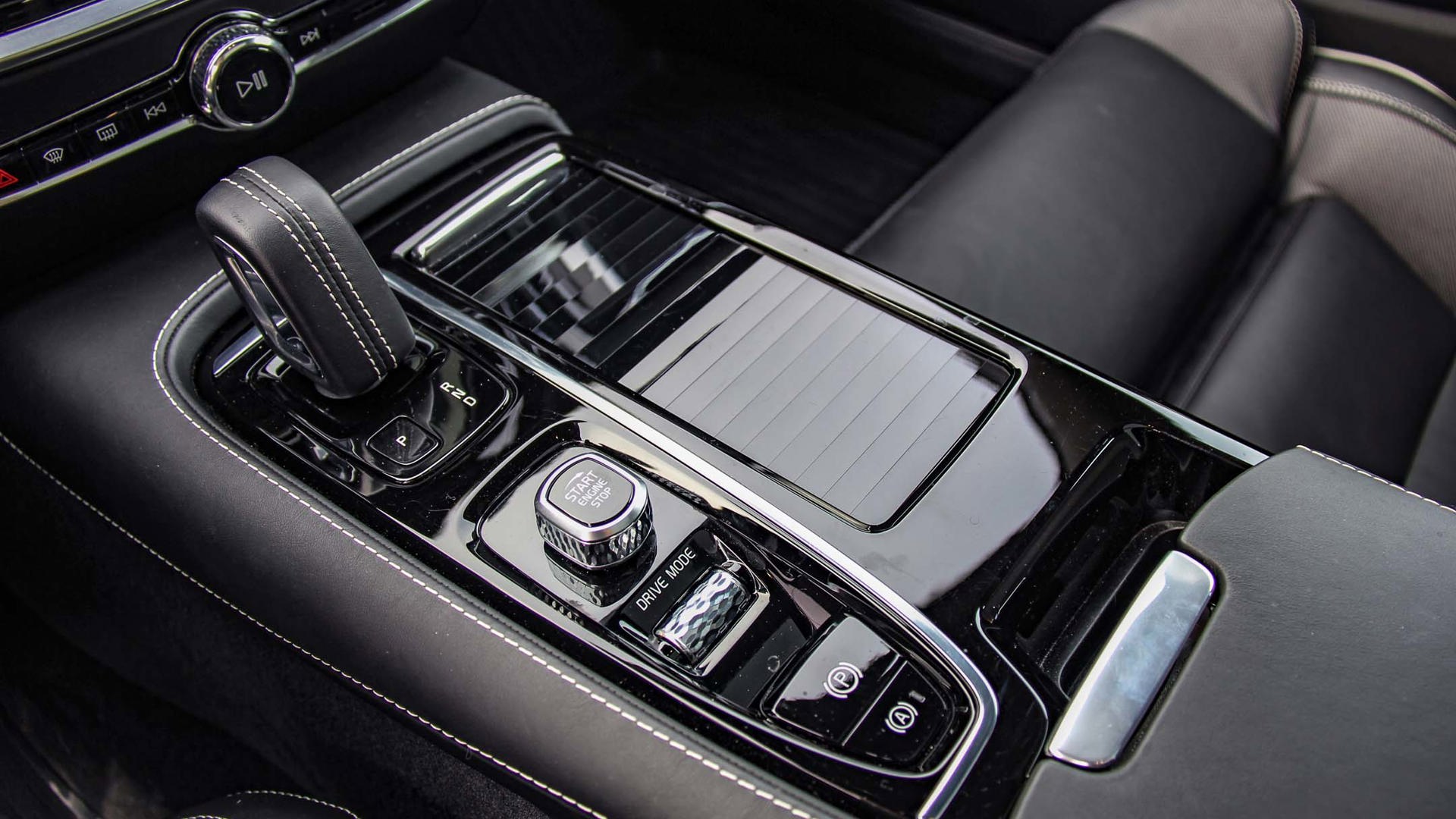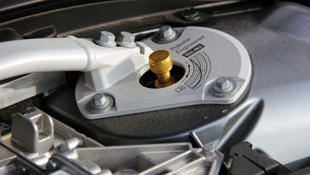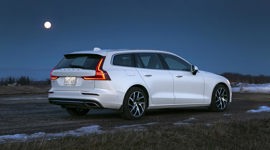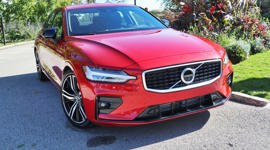 AutoTrader SCORE
AutoTrader SCORE
-
STYLING10/10
-
Safety9/10
-
PRACTICALITY9/10
-
USER-FRIENDLINESS9/10
-
FEATURES7/10
-
POWER8/10
-
COMFORT8/10
-
DRIVING FEEL8/10
-
FUEL ECONOMY7/10
-
VALUE7/10
If Volvo were to be considered synonymous with something aside from safety, it would have to be the station wagon.
The days of the “boxy but good” grocery-getters may be over, but Volvo still knows how to build a wagon. For the better part of 70 years, Volvo wagons have been constructed with utmost attention paid to safety and reliability – which probably explains why so many older models are still on the road today; they are the cockroaches of cars that may just outlive us all.
After some shaky years under Ford’s guidance, the brand’s purchase by Chinese automaker Geely yielded significant investment in a new direction that revolves around electrification. The company’s current plan is to have every one of its models electrified – either as a full electric vehicle (EV) or plug-in hybrid electric vehicle (PHEV) – by 2025.
As it forges ahead into the electrified frontier, the brand’s past, present, and future converge in the 2020 Volvo V60 Polestar Engineered, a plug-in hybrid wagon that’s fast, fun, and stylish.
Styling: 10/10
Style and Volvo haven’t always intersected. Design was historically purpose-driven, with aesthetics and aerodynamics taking a back seat to crumple zones and impact protection systems. The V60, however, is sexy as hell from every angle. It manages to simultaneously be sleek and sporty, yet elegant and well-proportioned. It’s a timeless design that should age well.
Differentiation from other V60 models is tasteful and relatively subtle. This Polestar Engineered treatment – named for the automaker’s dedicated performance division – adds an extra 15 hp, a gloss black grille and integrated exhaust pipes, widened wheel arches, 19-inch forged aluminum wheels, white Polestar’s badges front and rear, as well as their signature yellow seatbelts and brake callipers.
It’s been said that if you don’t turn around to look at your car when you park it, then you bought the wrong car. If you buy the V60, you’ll walk away from it backwards. I’d be hard-pressed to rate any vehicle’s styling a 10, but the V60 is simply gorgeous enough to get a pass.
Features: 7.5/10
As you’d expect from the range-topping model, the V60 Polestar Engineered comes well equipped, including heated leather seating front and rear, a heated steering wheel and side mirrors, a power tailgate, panoramic sunroof, and Apple CarPlay connectivity. It didn’t, however, come equipped with wireless charging or ventilated seats, both of which seemed conspicuous in a vehicle topping $80,000 before taxes. Optional equipment included a head-up display ($1,150) and the $900 Osmium Grey paint. As is the case with all Volvo models, much of what you’re paying for (i.e. safety) lies under the skin and which you never hope to see or experience.
User-Friendliness: 9.5/10
Gone are the buttons and knobs to adjust settings and set multi-zone HVAC controls, as Volvo has gone all-in on developing its modern touchscreen-based infotainment system. Normally that would be both maddening and highly distracting, but the interface has been laid out intuitively. All the various buttons, knobs, and controls that do exist within the vehicle are easily within reach exactly where one would expect them to be. How novel!
The centre console features a rotary dial that alters powertrain, braking, and steering characteristics based on preference or driving conditions. There’s a full-time all-wheel drive mode as well as eco, hybrid, and the aptly named Polestar Engineered performance modes.
The digital instrument cluster is well laid out to prioritize useful information that changes based on driving mode. Pairing your phone is simple and easy through the 12.3-inch infotainment screen, which also projects the 360-degree camera for easy parking in underground garages or parallel spaces.
Comfort: 8/10
Volvo’s seats are among the best in the business. The Polestar front seats offer enough bolstering to be supportive without being constrictive. The cabin is quiet on the highway even with winter tires. The narrow sidewalls of the 19-inch tires do transmit the feeling of the road into the cabin, but not obtrusively so. The suspension is adept at soaking up road irregularities but can also be manually adjusted for firmer, sportier performance.
Power: 8.5/10
The Polestar Engineered gets a 2.0L direct-injected four-cylinder gas engine that’s both turbocharged and supercharged. The internal-combustion engine is mated to an eight-speed automatic transmission, putting 328 hp to the front wheels, while an electric motor fuelled by a 11.6 kWh battery handles 87 hp worth of propulsion in the rear. Combined, the PHEV makes 415 hp and 494 lb-ft of torque.
Driving Feel: 8.5/10
The Polestar Engineered portion is best enjoyed in Dynamic mode, which utilizes both the gas and electric motors for maximum performance. Acceleration is swift but doesn’t feel abrupt. Torque from the electric motor and the supercharger mean output is available immediately, while the turbocharger keeps it coming as the revs increase.
Volvo switched all of its T8 models from vacuum-boosted brakes to a hydraulic system for 2020, resulting in a more natural pedal feel while regenerating power. Developed with Brembo, the V60 is not short on stopping power. Rebound and damping rates of the Öhlins suspension, meanwhile, can be adjusted manually. The front suspension is a simple task, while customizing the rear settings require getting the car up on a jack. This may not be an issue for the enthusiast owner, but it is debatable how many owners will bother getting their hands dirty. Steering isn’t sports car-sharp, but it also isn’t numb or sloppy. Input results in direct, predictable response with good feedback.
Practicality: 9/10
If an all-wheel-drive Volvo wagon isn’t the epitome of practicality, what is? The batteries and motors in the rear reduce storage space, but not by much. The V60 PHEV offers up to 1,441 L of cargo capacity with the seats down compared to 1,480 L in the Mercedes-AMG C 43 wagon.
The V60 may not have the added ride height of an SUV, but its agile sport sedan handling combined with wagon utility more than make up for it. Entry and egress are easy, and there are enough cupholders for all passengers.
It’s also easy to drive gently with a concerted effort to prioritize fuel economy, or enjoyed as a performance vehicle by merely twisting a knob and stabbing the throttle.
Safety: 9.5/10
Some manufacturers build their vehicles to pass crash tests; Volvo builds its cars using real-world data collected from collision reconstruction experts and its own crash test research.
A number of years ago, I was cut-off by a taxi that led to a serious collision while driving a 1999 Volvo S70. The vehicle’s abundance of safety features did everything they were designed to do, allowing me to walk away virtually unscathed. The first paramedic to arrive on scene surveyed the wreck and said to me, “If you weren’t driving a Volvo, you’d be dead right now.” I’d say that’s a pretty glowing endorsement from someone who would know a thing or two about car crashes.
I went out and bought a Volvo V70 wagon the very next day. Such a collision likely wouldn’t happen in a new Volvo at all due to the active safety features that will warn the driver and apply full braking pressure if needed. Technology like driver alert, distance alert, adaptive cruise control, pedestrian detection, blind-spot detection, lane-keeping aid, road-departure mitigation, automatic emergency braking, and seatbelt pre-tensioners are all designed to turn any number of possibly horrific situations into non-issues – part of Volvo's Safety Vision that aims to reduce road traffic accidents to zero.
Should a collision still occur, the collapsible centre console and steering column, side impact and whiplash protection systems, high-strength steel safety cage, variety of two-stage airbags, and submarining engine would all be on standby to activate if needed.
Fuel Economy: 7/10
The official fuel consumption numbers for the Polestar Engineered are 11.1 L/100 km city, 7.3 highway, and 9.4 combined, but I experienced an average of 12.5 L/100 km during a week of real-world driving. That’s certainly higher than one would expect from a typical plug-in hybrid, but this isn’t your everyday PHEV.
There are a number of reasons for this increased consumption. Admittedly, I was enjoying the performance characteristics of the car by driving legally but enthusiastically. As a result, it spent most of the time in performance mode and didn’t use the automatic stop/start function much. While the roads were pretty clear during my time with the V60, the tester was fitted with winter tires, too.
In terms of electrification, charging apparently leads to 35 km of all-electric driving should the corresponding drive mode be selected. In reality, the only time the vehicle was being propelled exclusively using electric power was slowly driving through the parking garage on a level or downhill grade – otherwise the gasoline engine was quick to take over. Had I spent more time in Pure mode and been gentler on the throttle, I’m confident these numbers would improve. The beauty of this Polestar Engineered model is that you at least have the option of being green.
Value: 7/10
Calling a vehicle that costs $86,465 a bargain would be a bit extreme, but the 2020 Volvo Polestar Engineered does offer a lot for the money. More potent than the similarly equipped AMG C 43 wagon, the Volvo is pricier but also feels less aggressive. The all-wheel-drive AMG was only slightly thirstier and offered a delicious sounding exhaust that would roar, crackle, and pop when called upon. The Volvo offers a softer, much more approachable, user-friendly, and low-key driving experience.
The Verdict
At a time when consumers are flocking to SUVs in record numbers, the wagon is having a bit of a moment. More so in Canada than in the United States, manufacturers are bringing models to market that our friends to the south don’t seem to appreciate or buy. With that in mind, a high-performance PHEV wagon costing $86,465 is something of a niche within a niche.
The number of luxury performance wagons available in Canada is somewhat limited; the number of plug-in hybrid options are even more so. However, if you happen to reside in a household with wagon drivers that have conflicting views on fuel economy versus performance and driving enjoyment, you’d be hard pressed to find a better option. Or any option altogether, for that matter.
| Engine Displacement | 2.0L |
|---|---|
| Engine Cylinders | I4 |
| Peak Horsepower | 415 hp @ 7,000 rpm |
| Peak Torque | 494 lb-ft @ 2,200–5,400 rpm |
| Fuel Economy | 11.1/7.3/9.4 L/100 km cty/hwy/cmb |
| Cargo Space | 658 / 1,441 L seats down |
| Model Tested | 2020 Volvo V60 T8 Polestar Engineered |
| Base Price | $82,300 |
| A/C Tax | $100 |
| Destination Fee | $2,015 |
| Price as Tested | $86,465 |
|
Optional Equipment
$2,050 – Osmium Grey, $900; Head-up Display, $1,150
|
|
